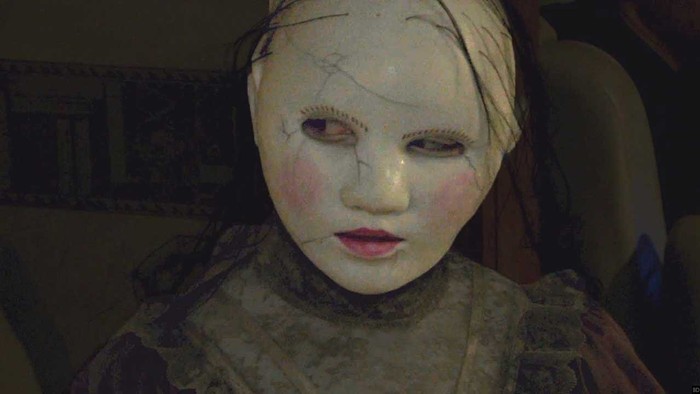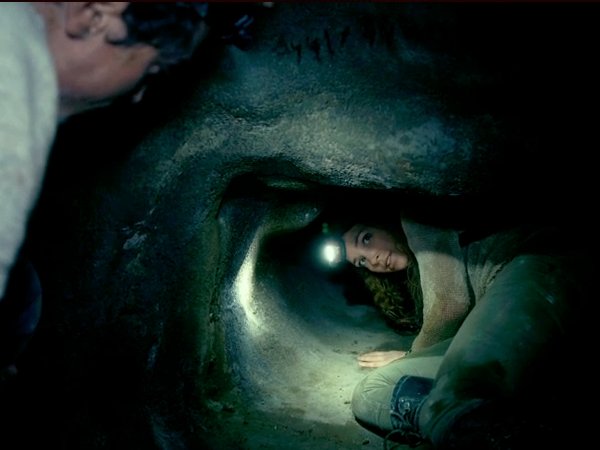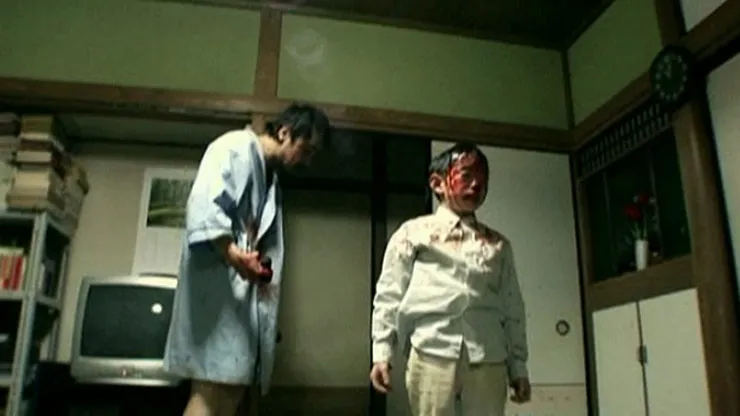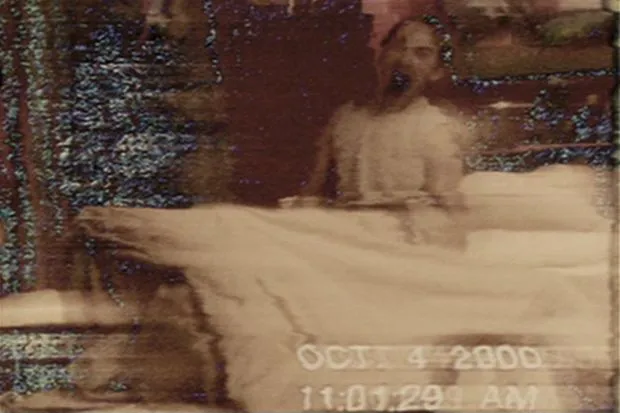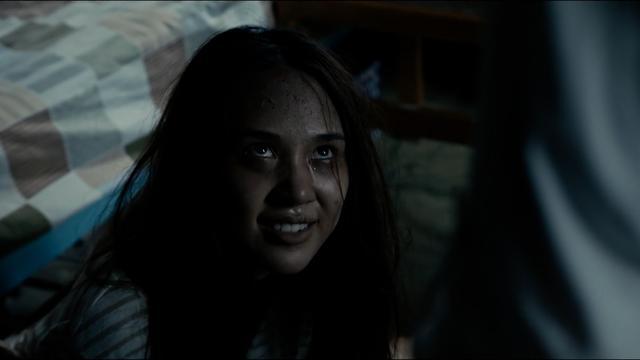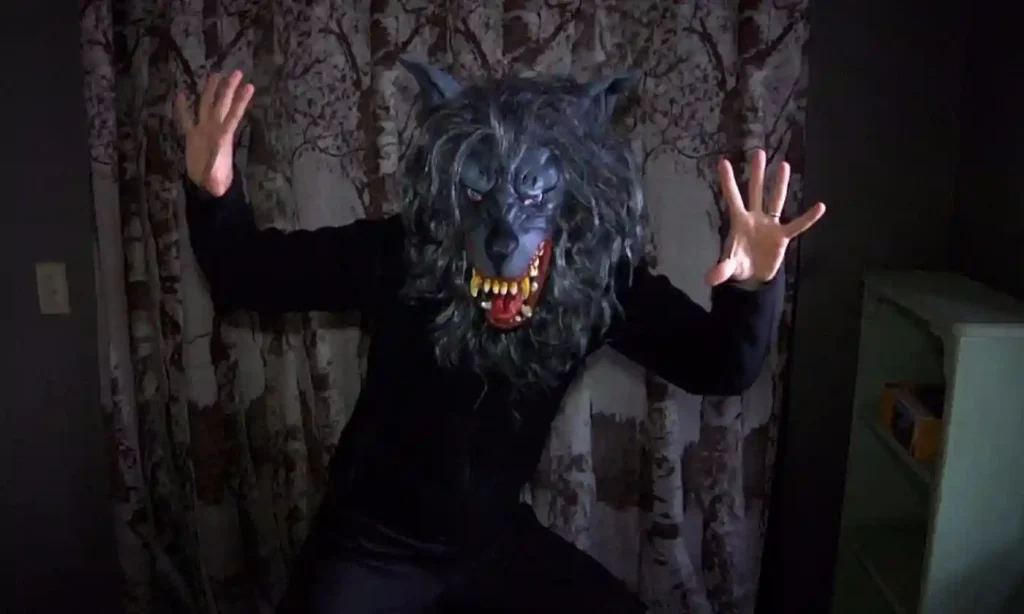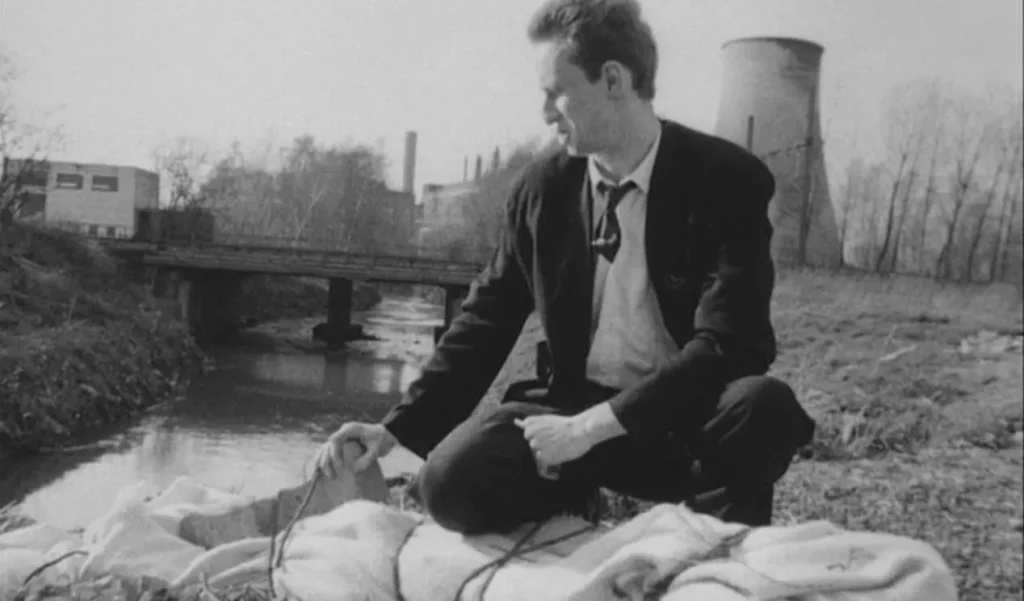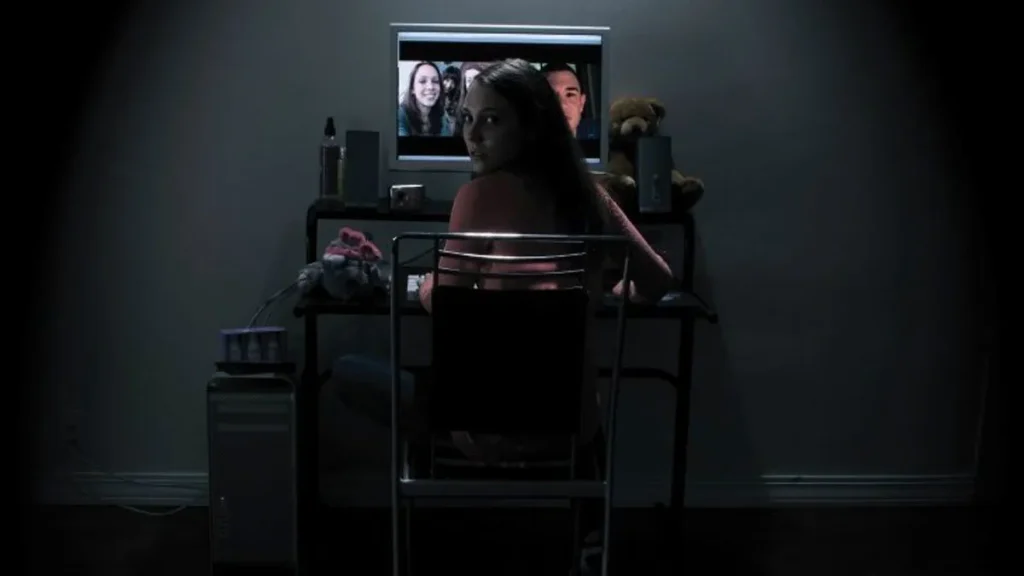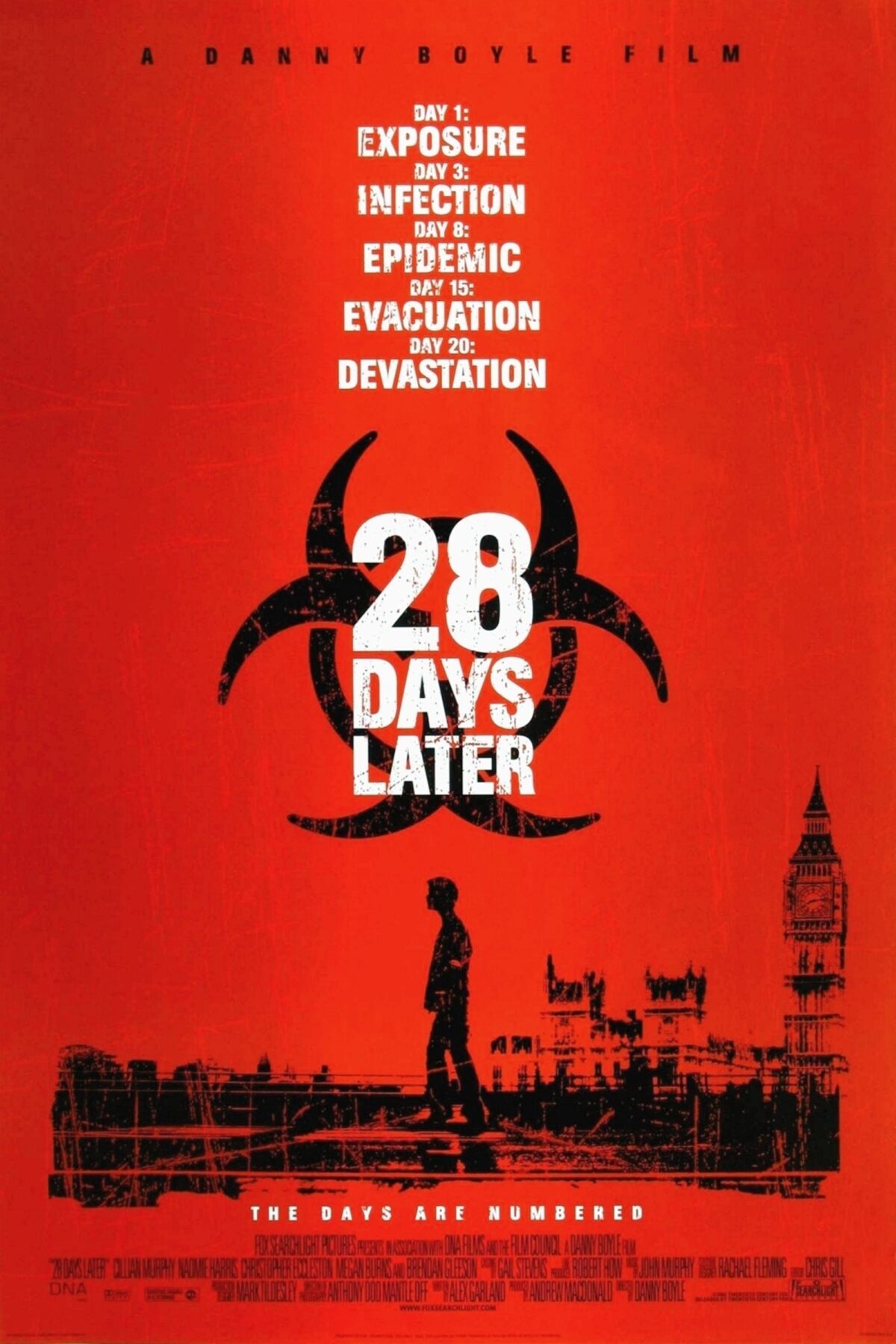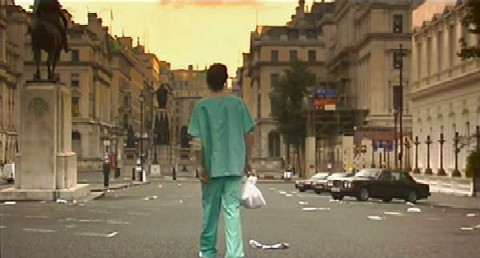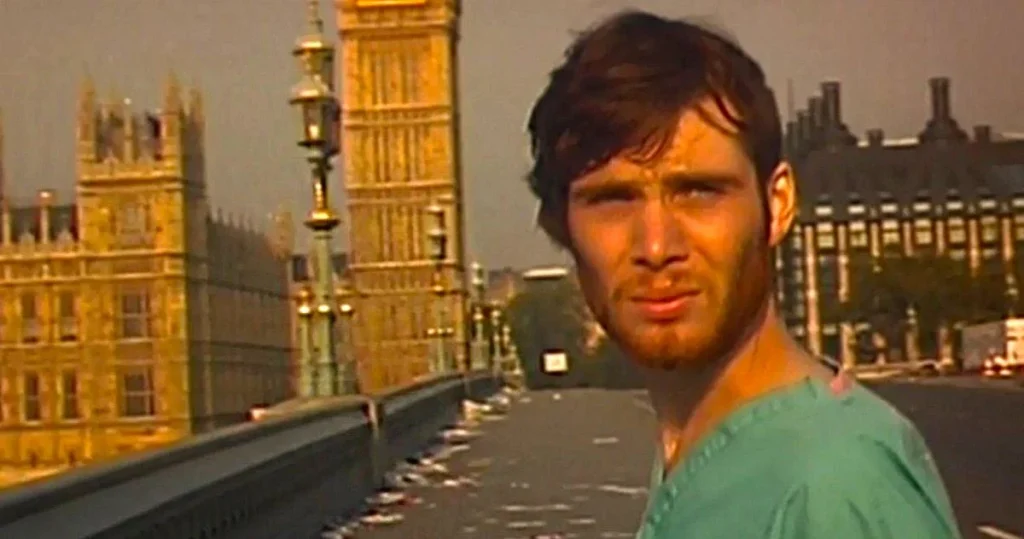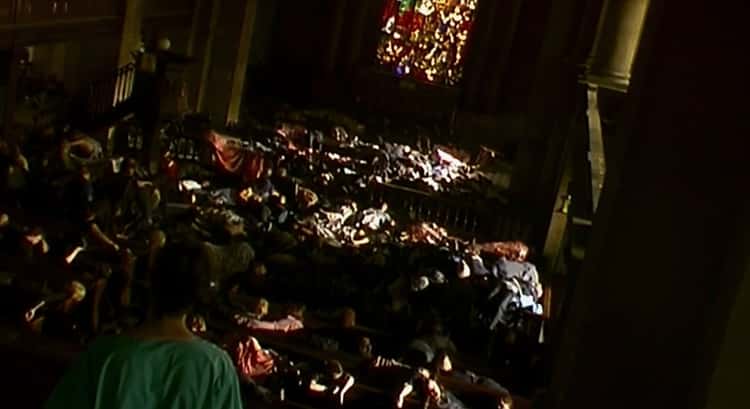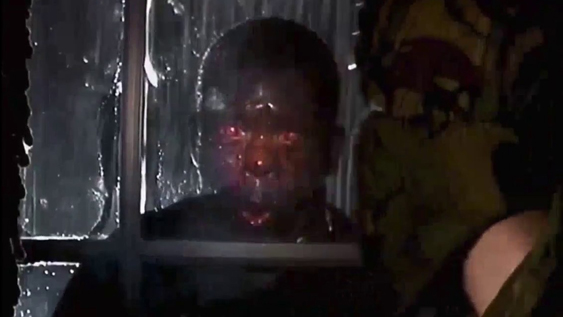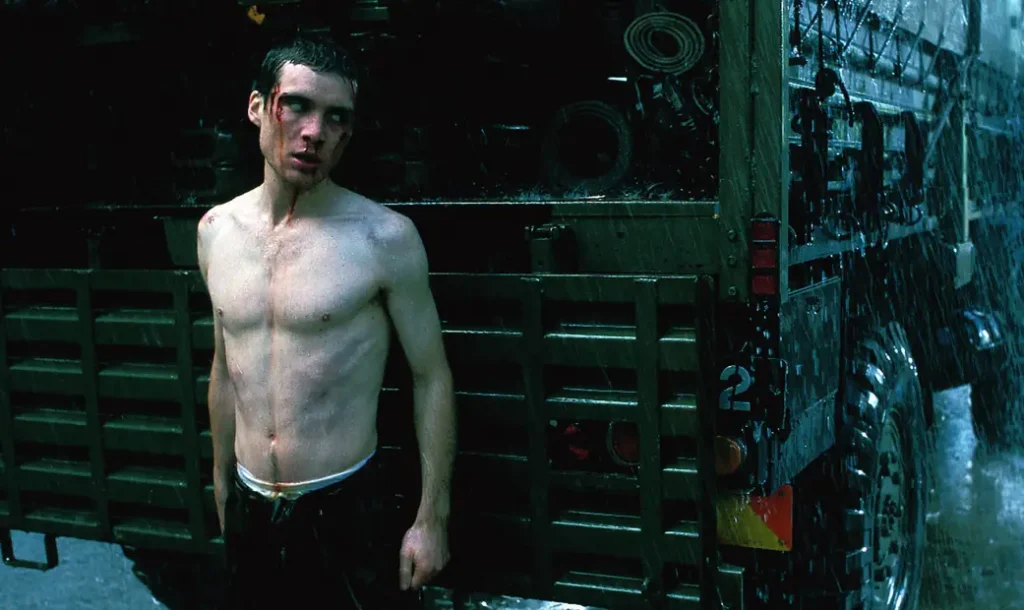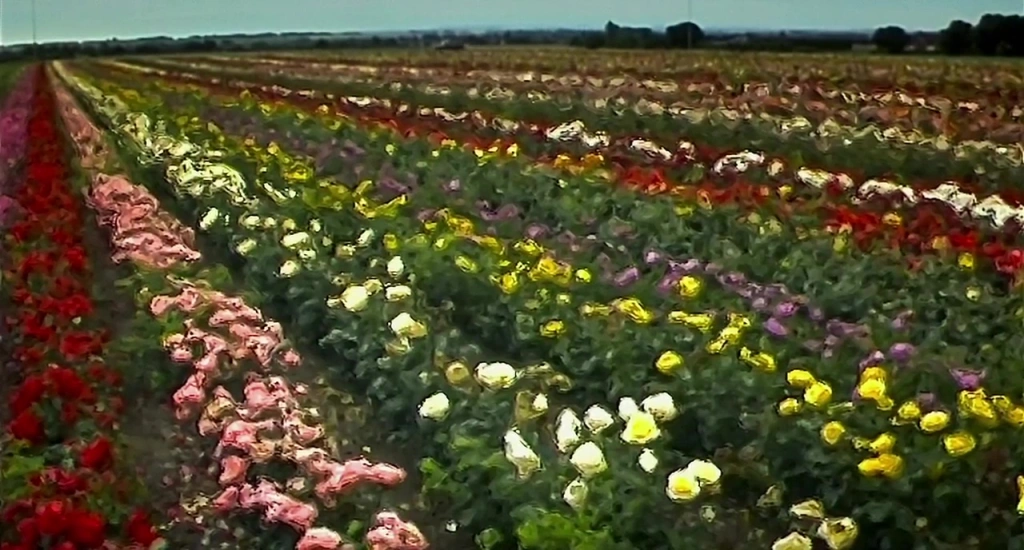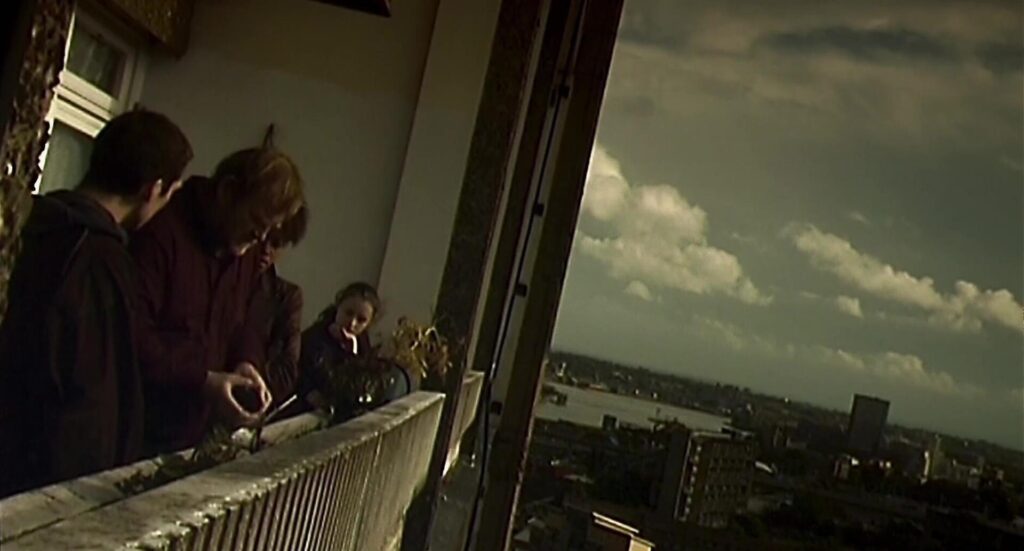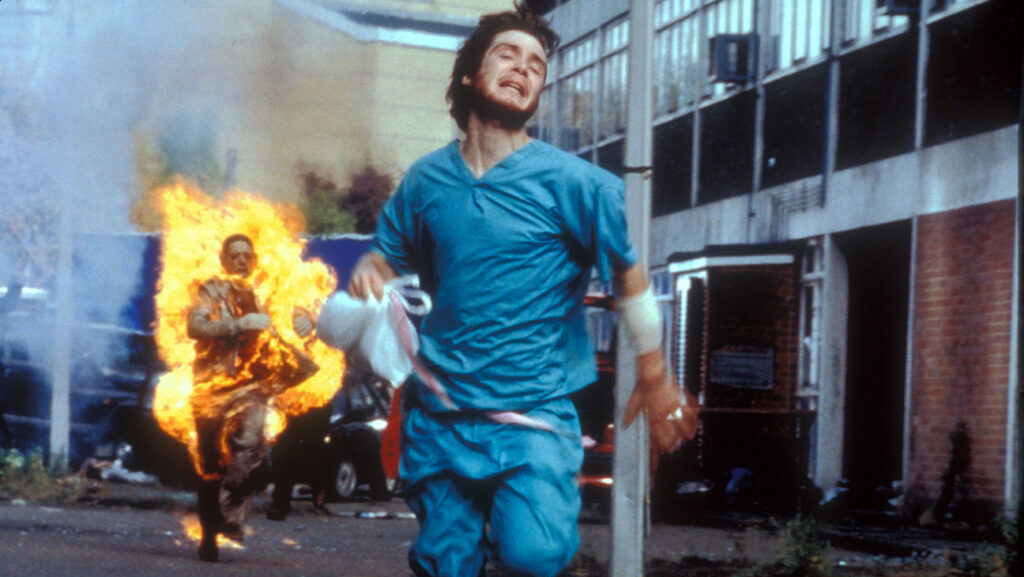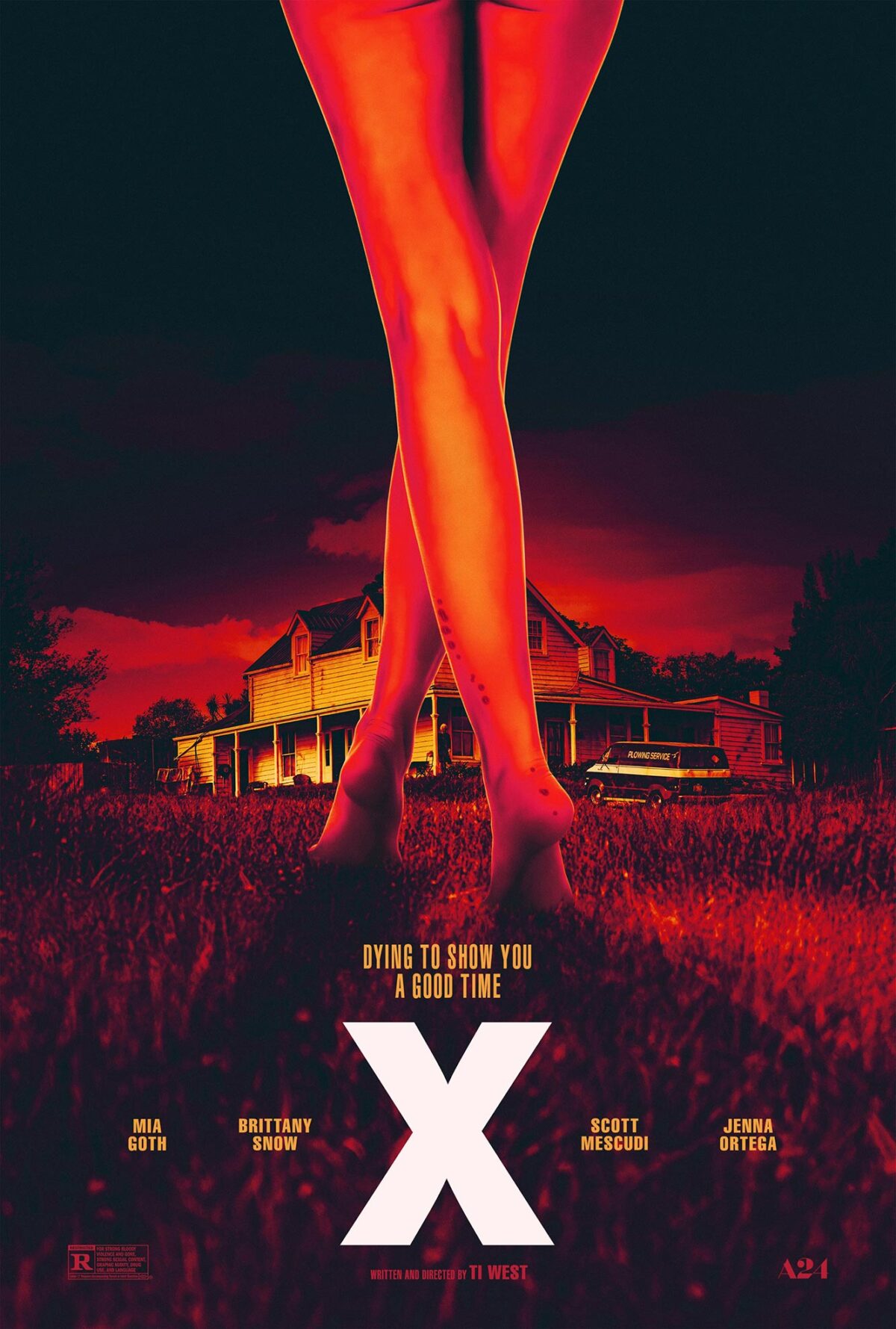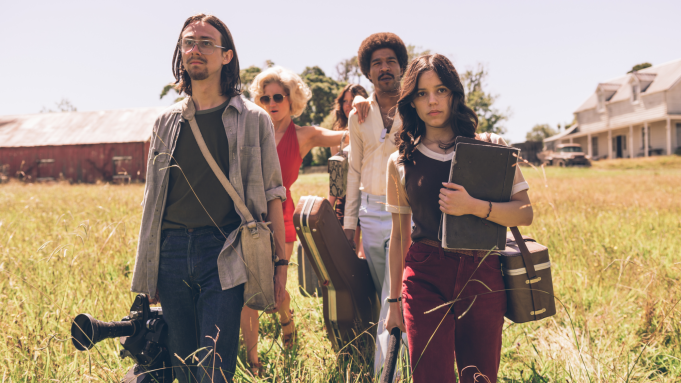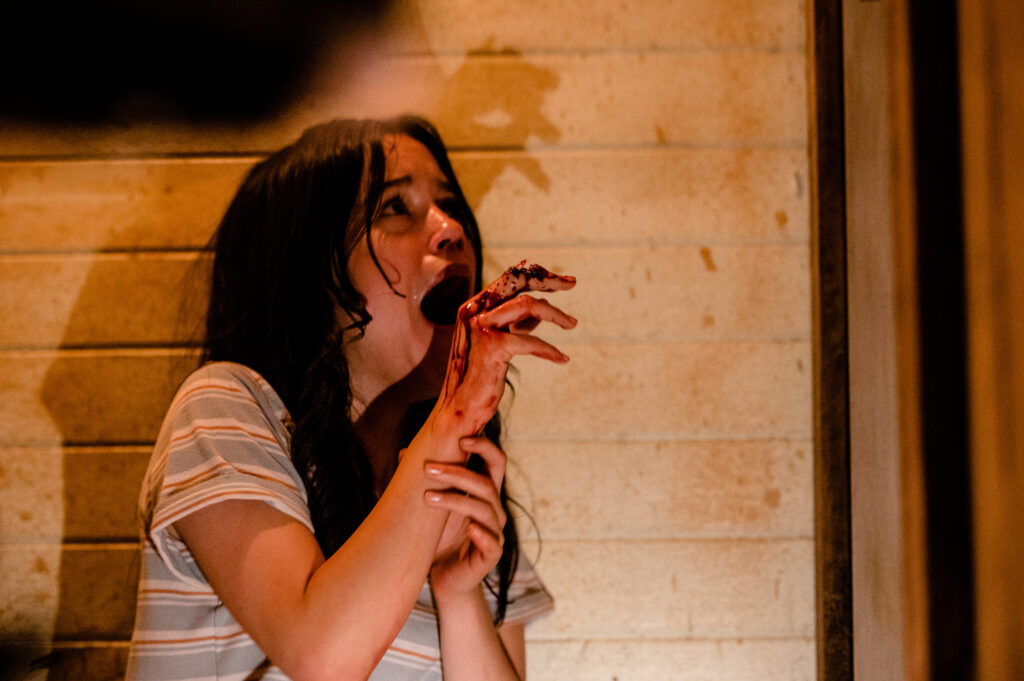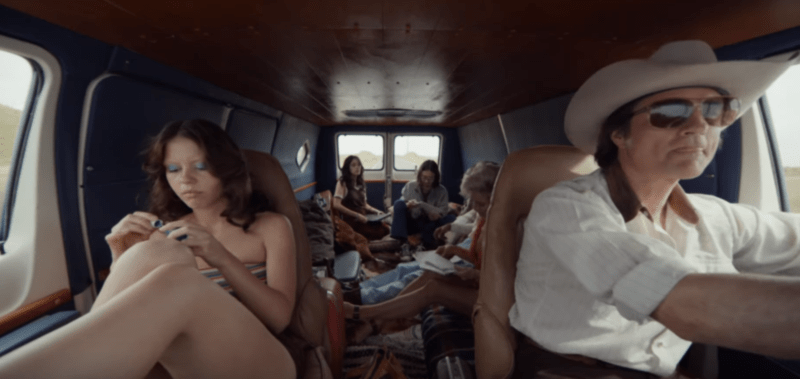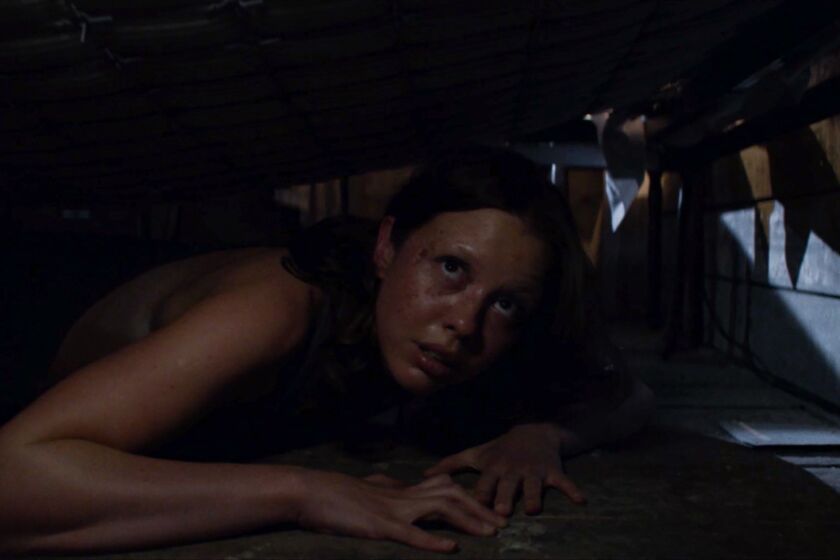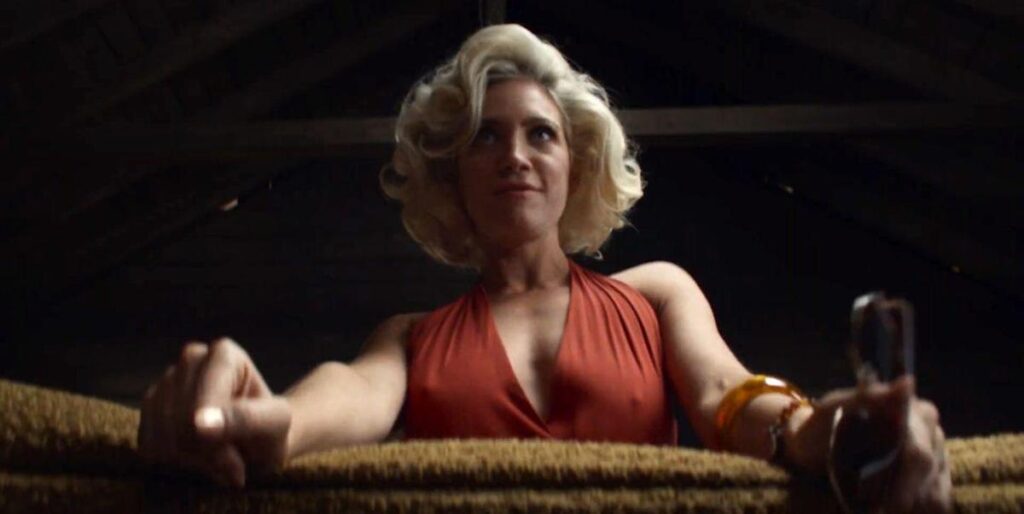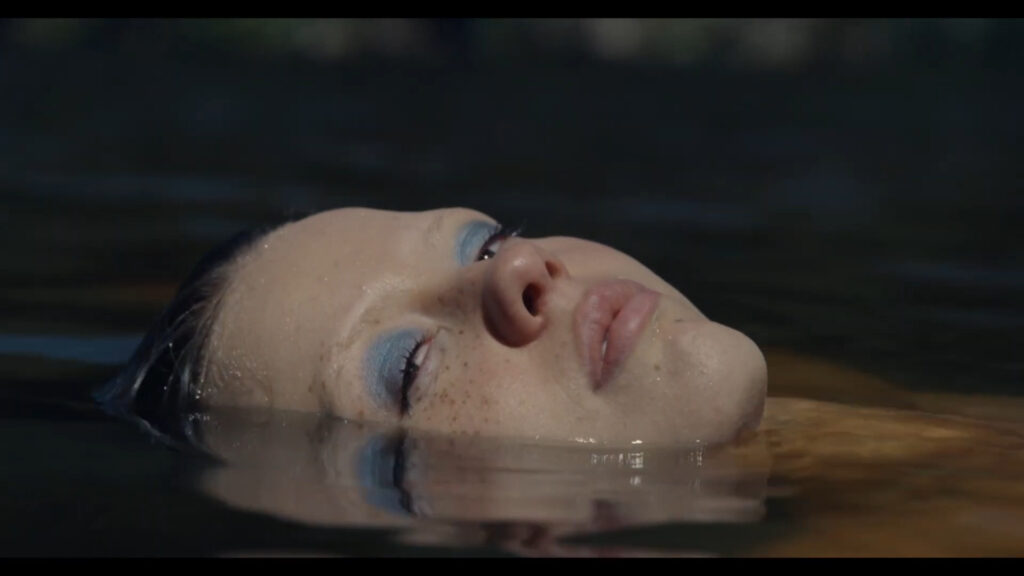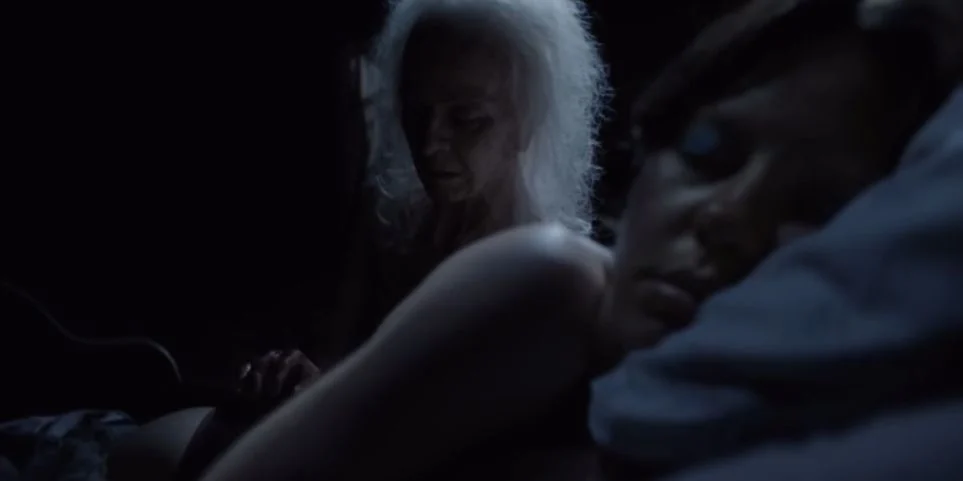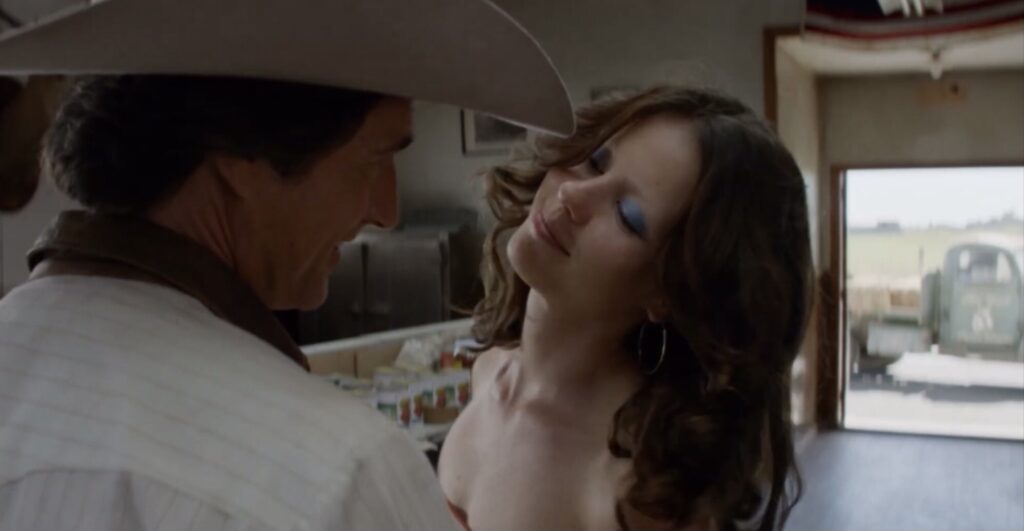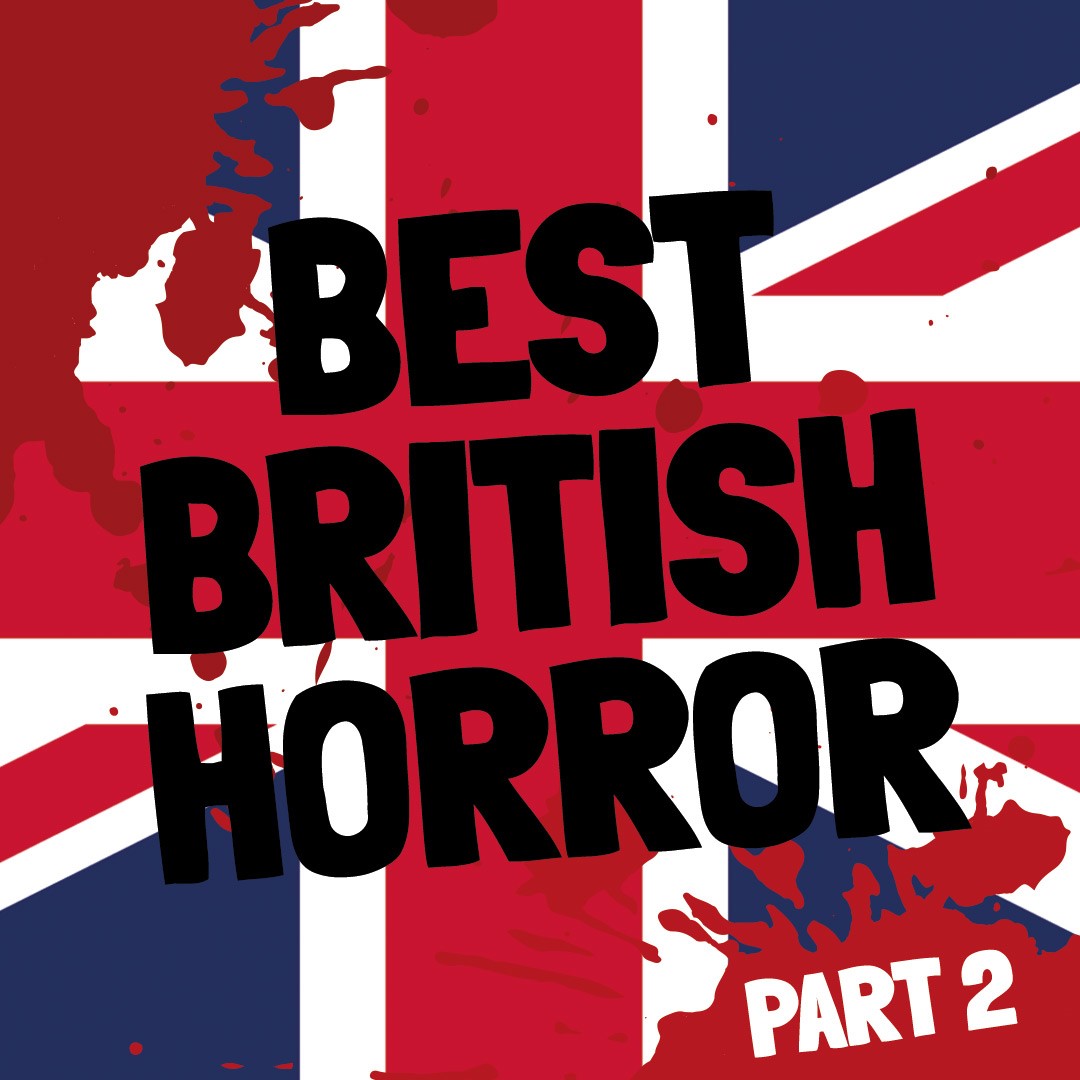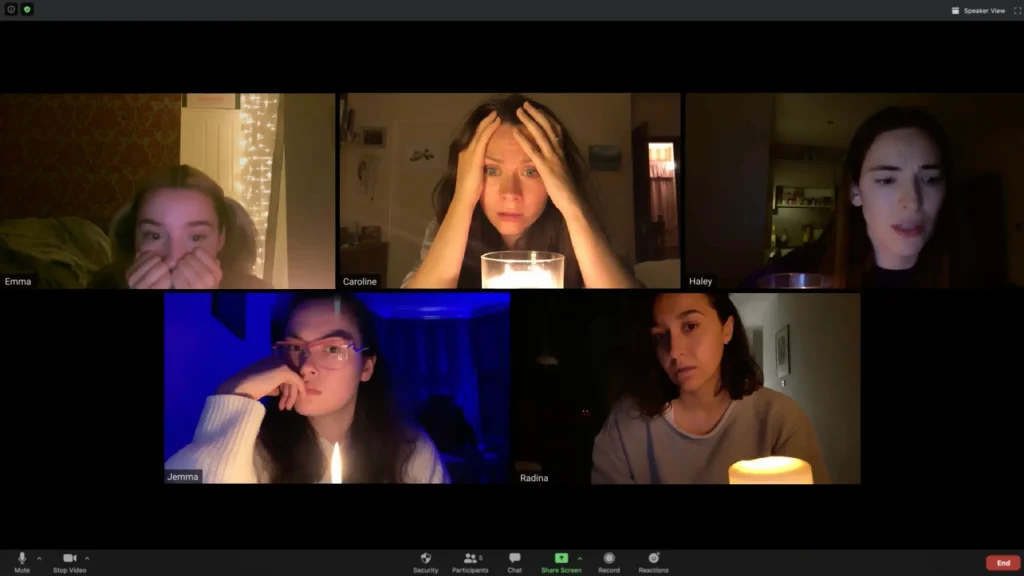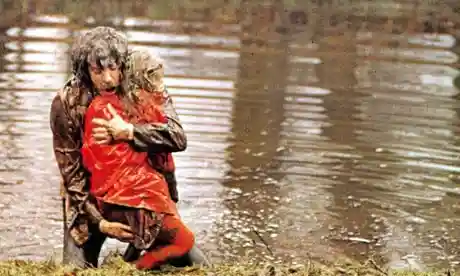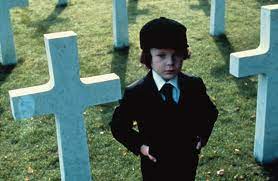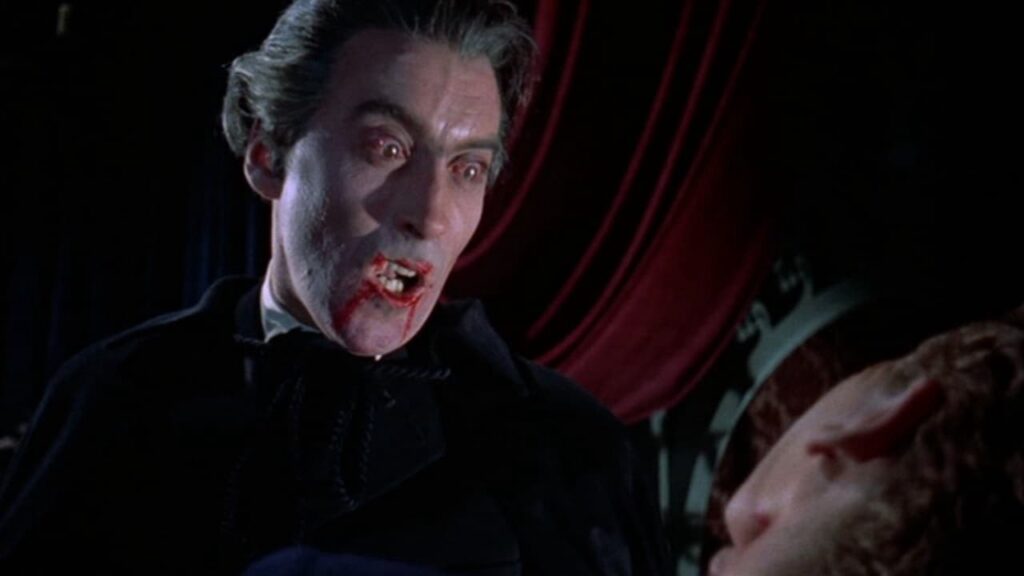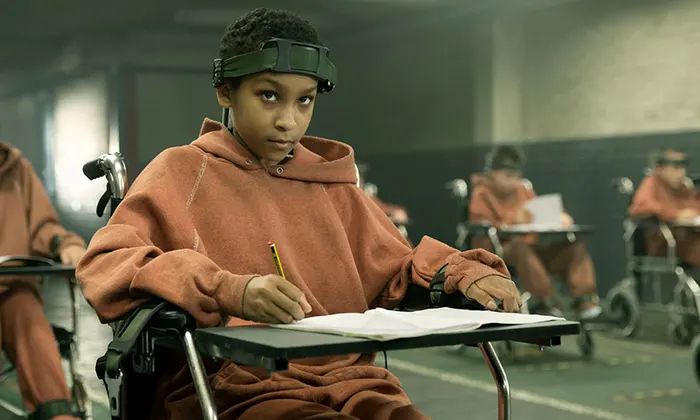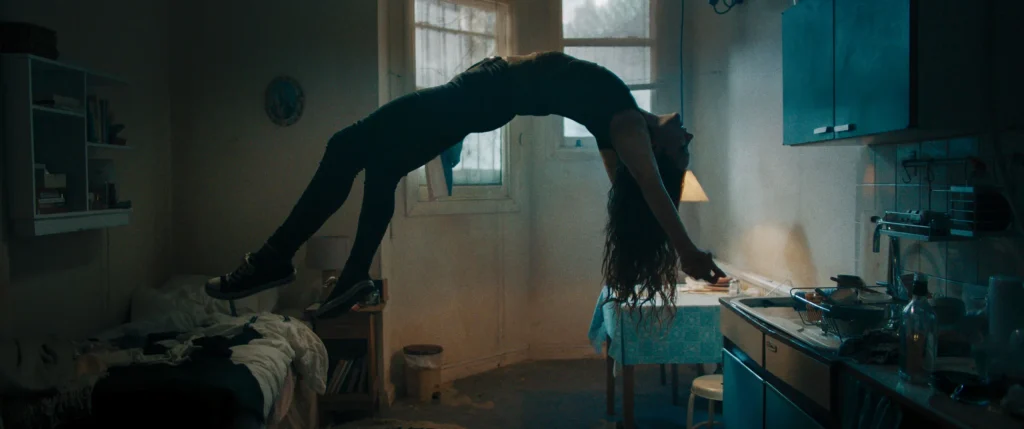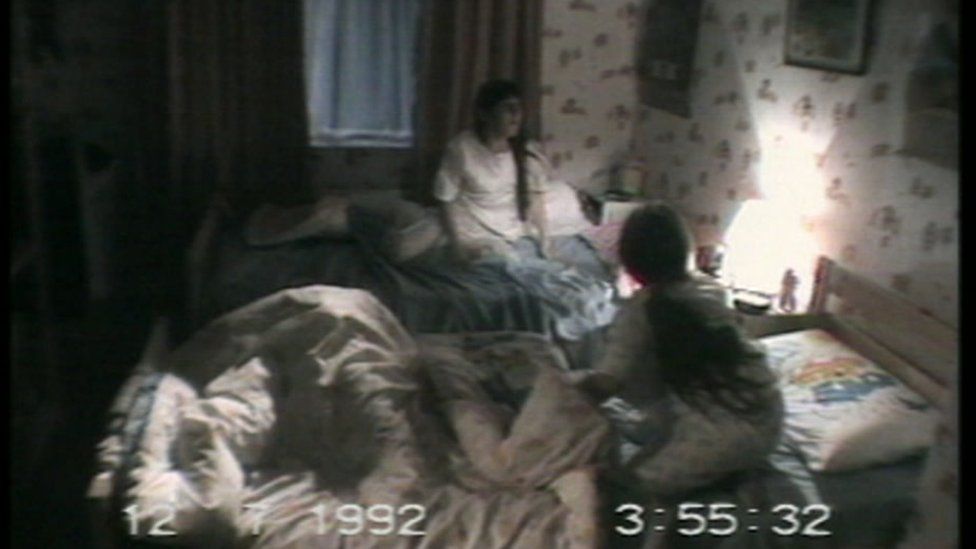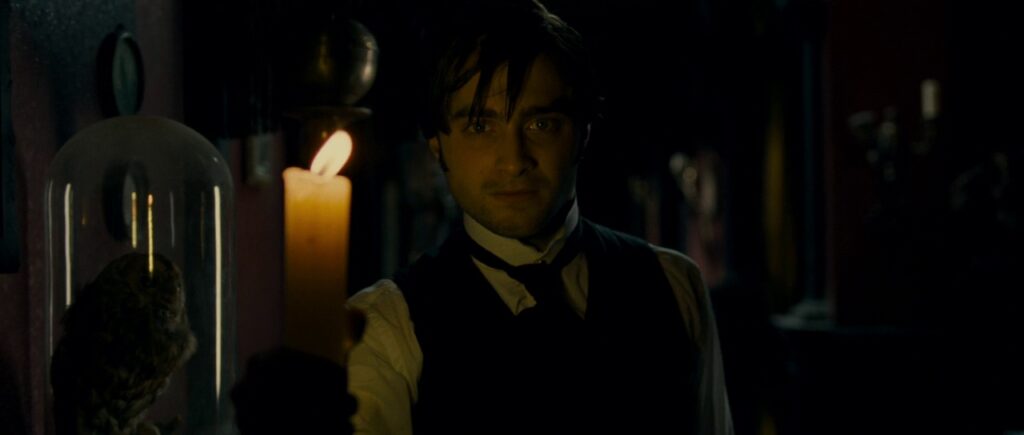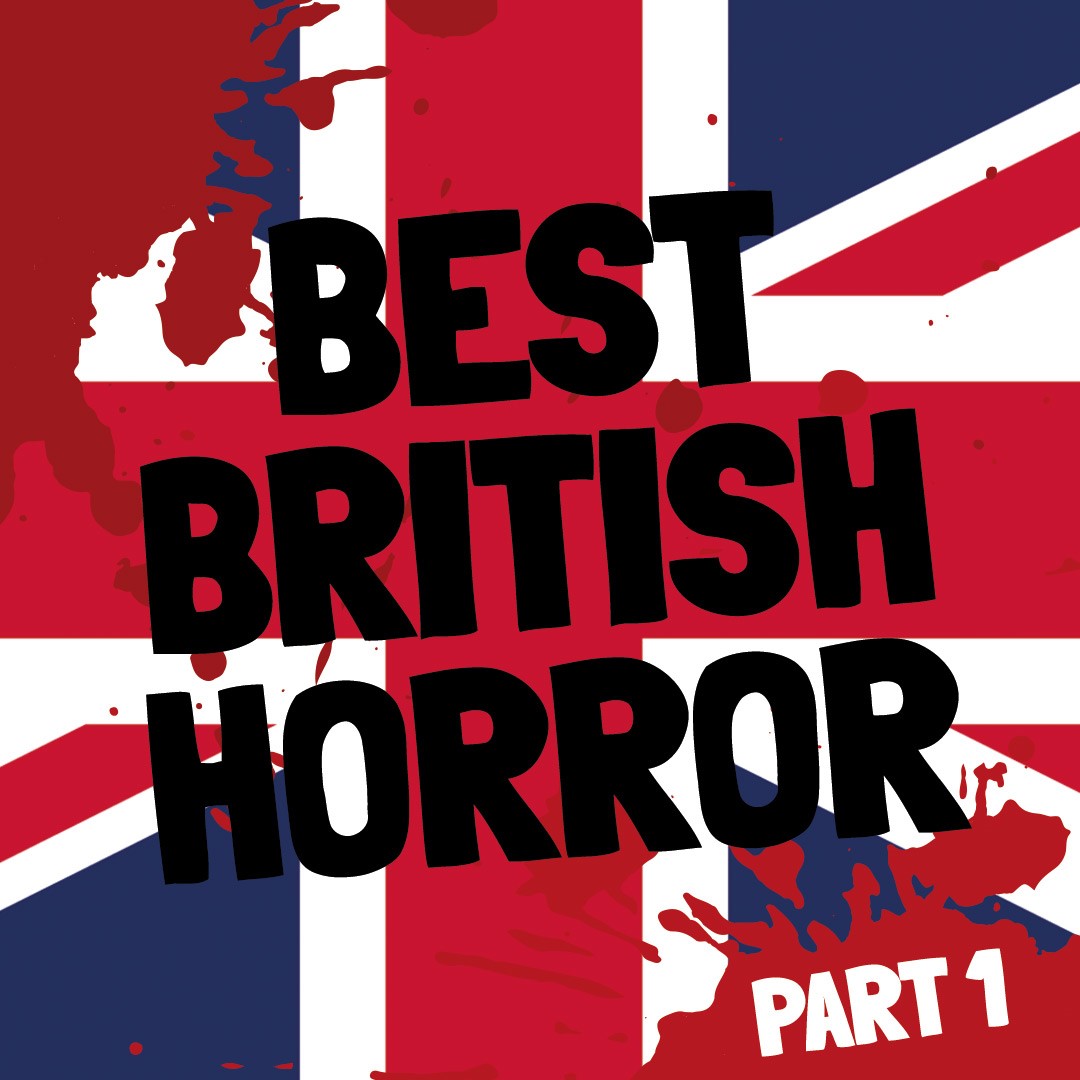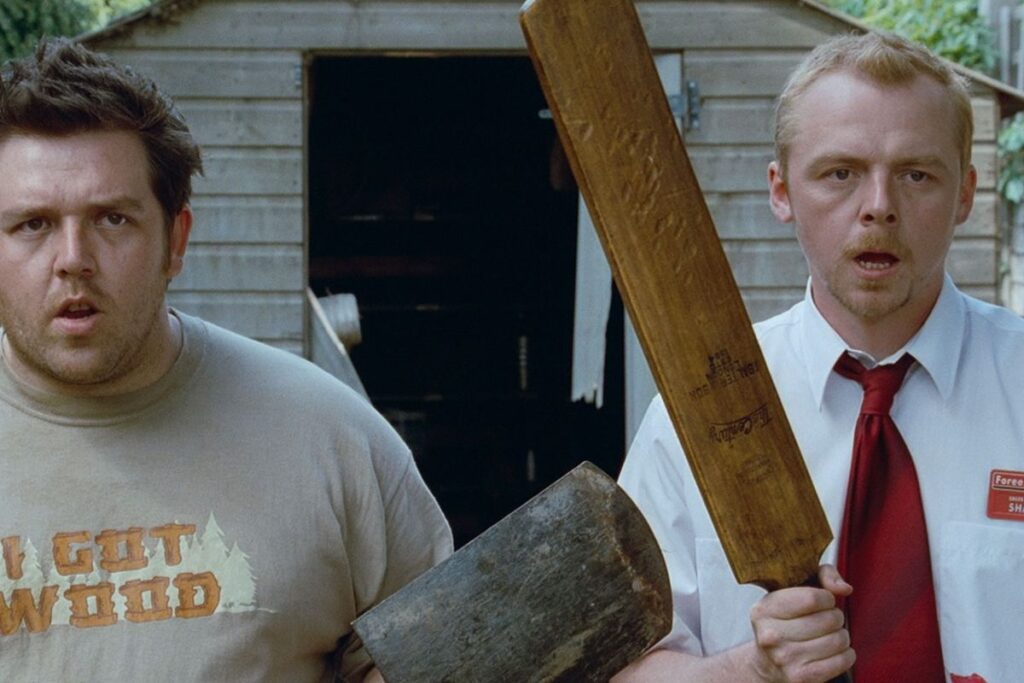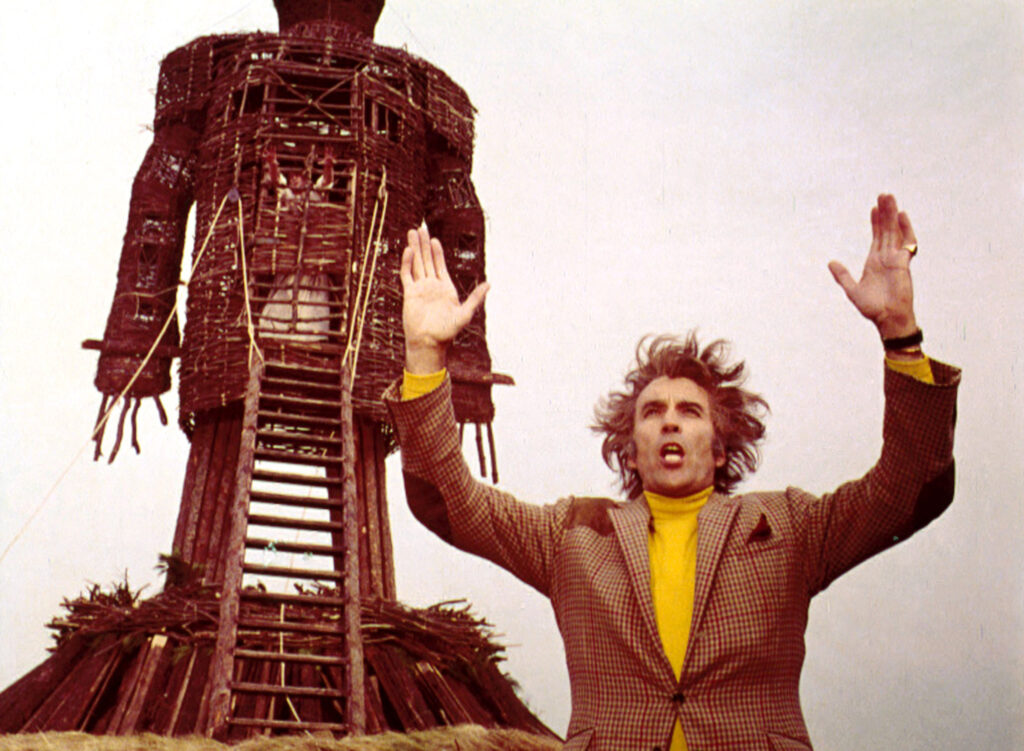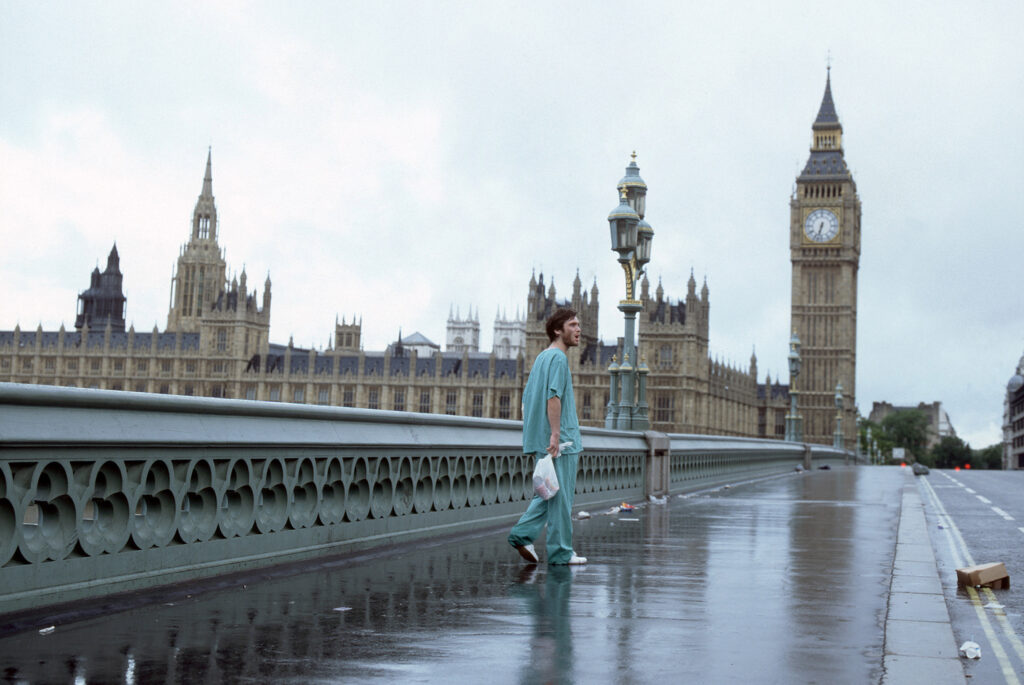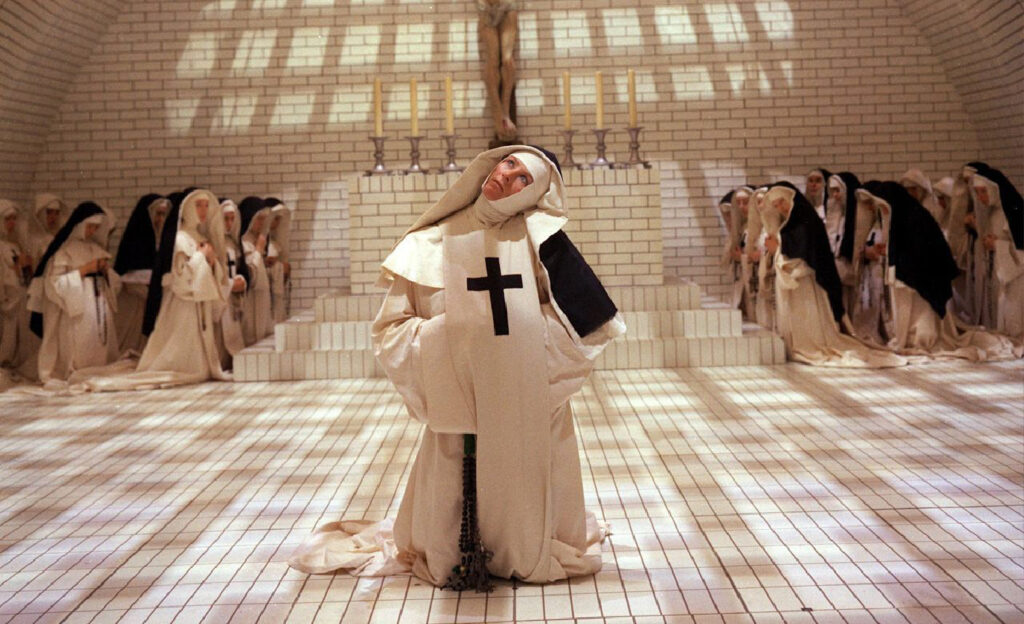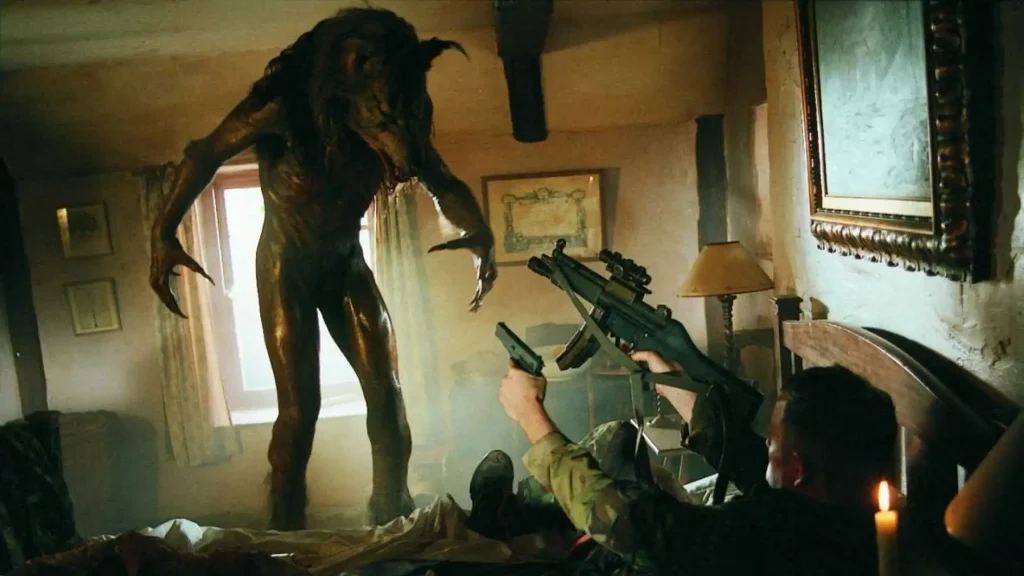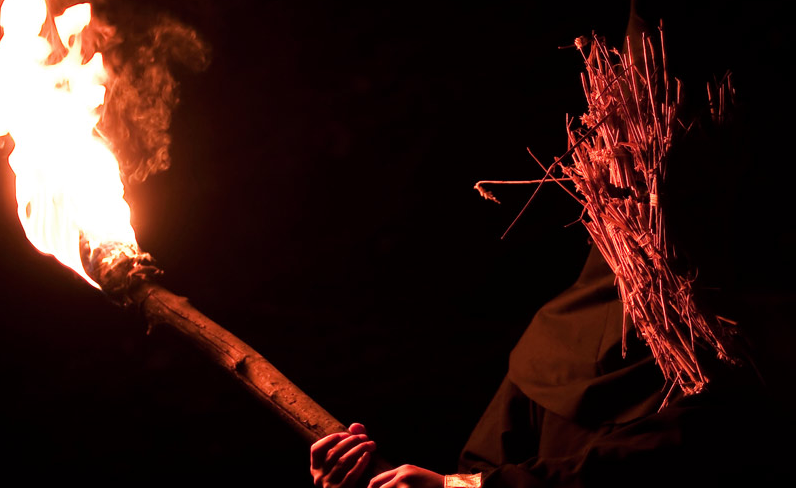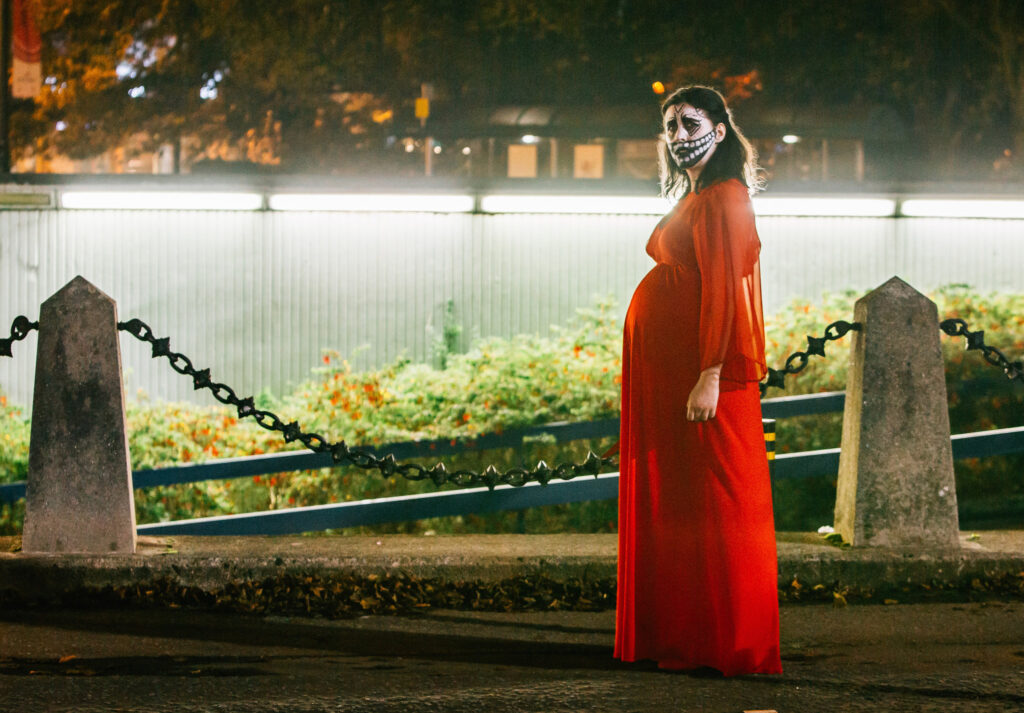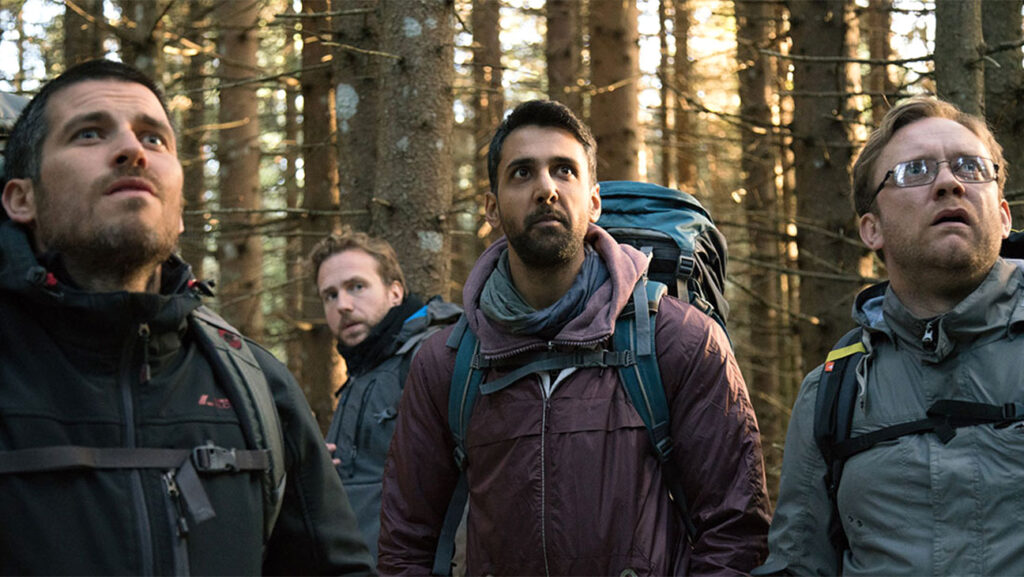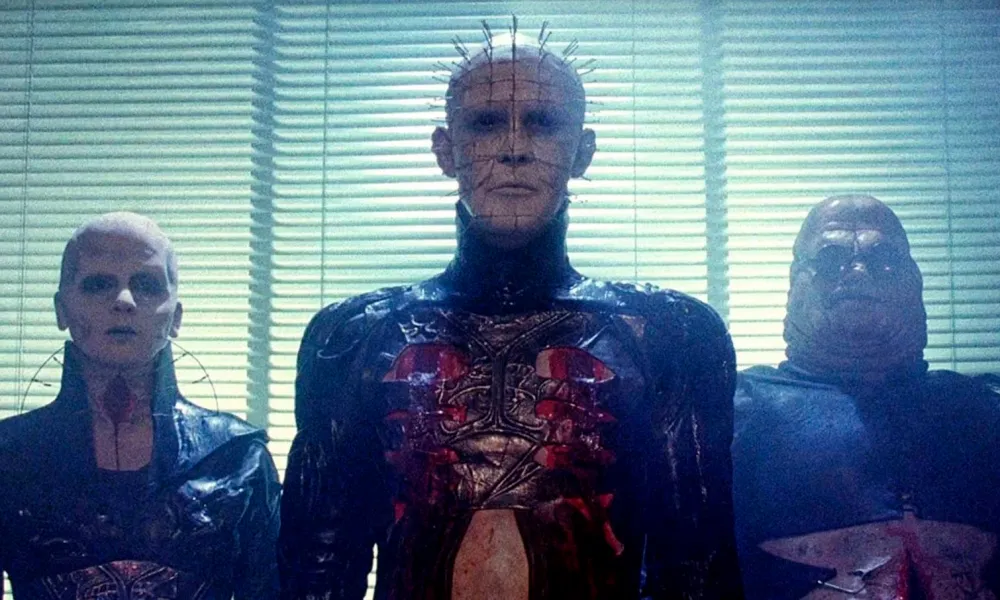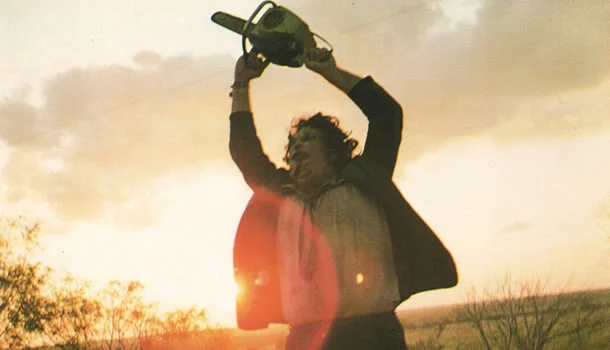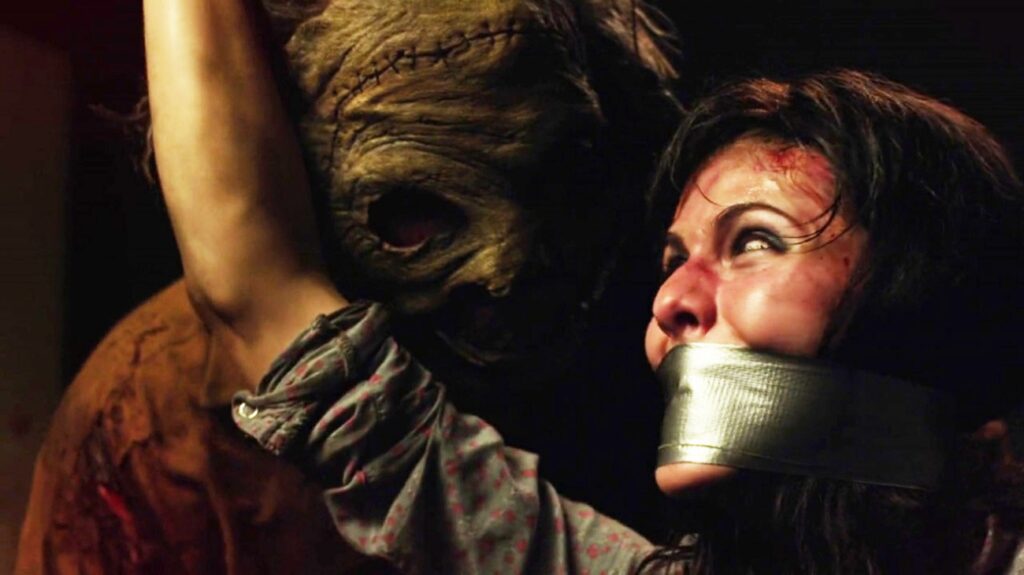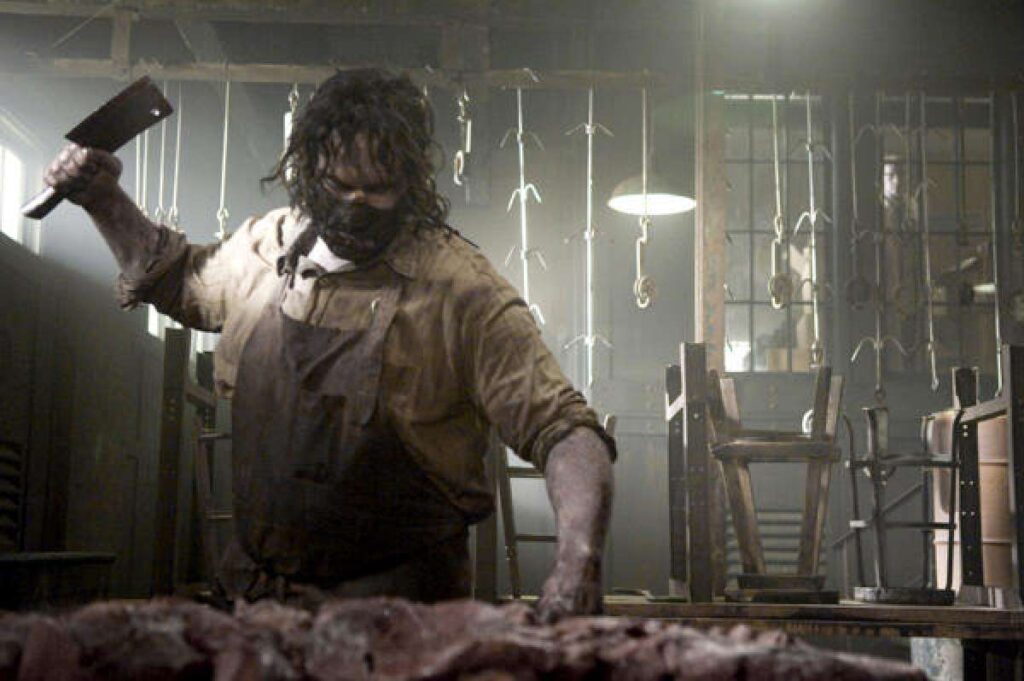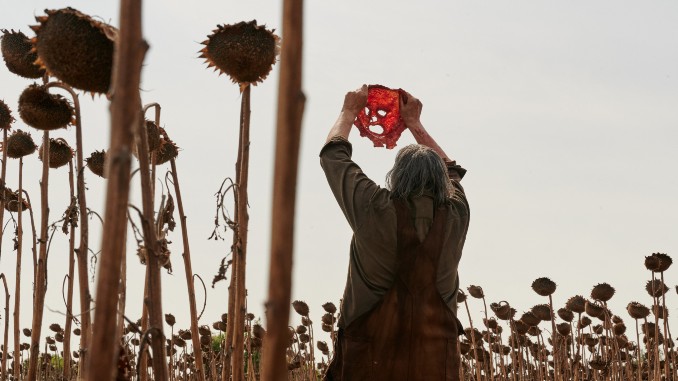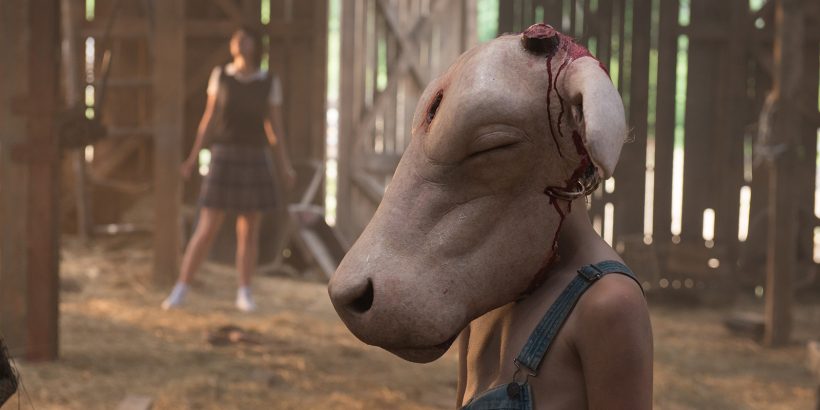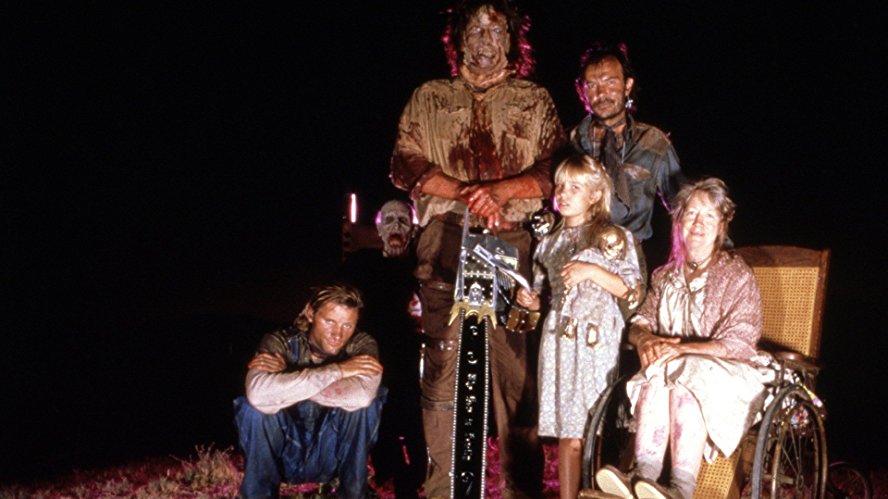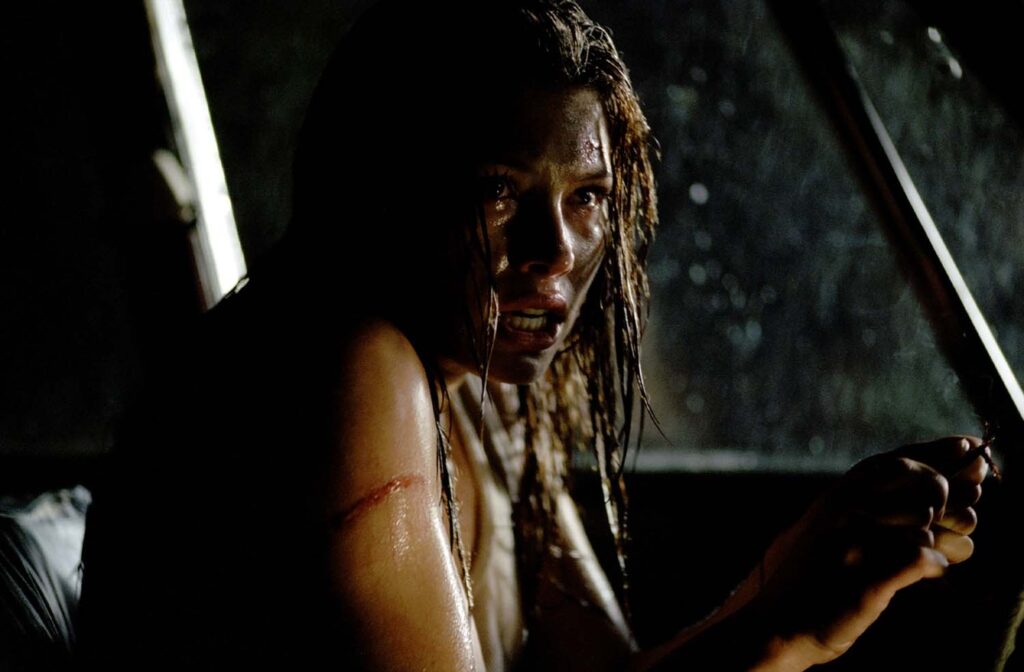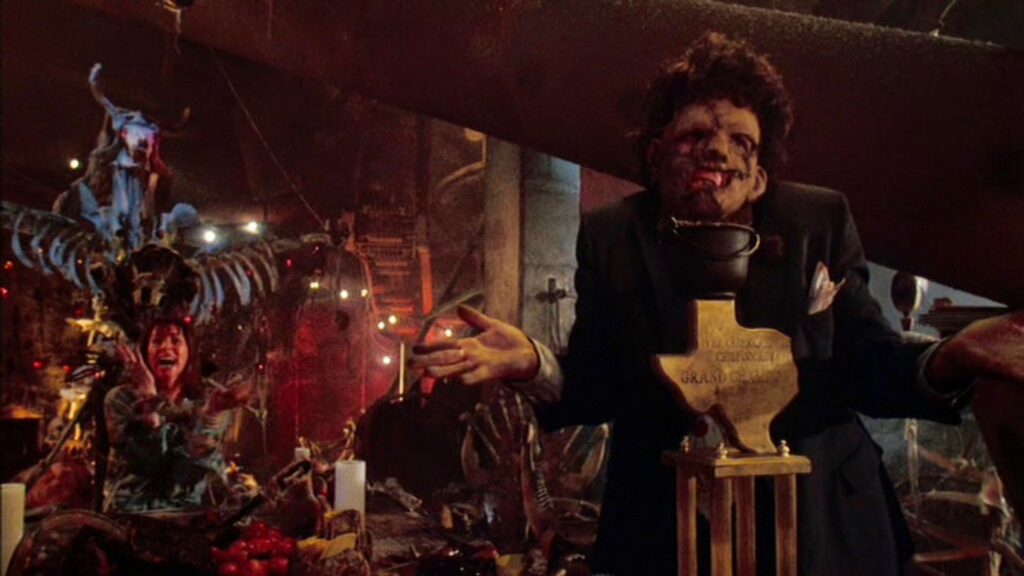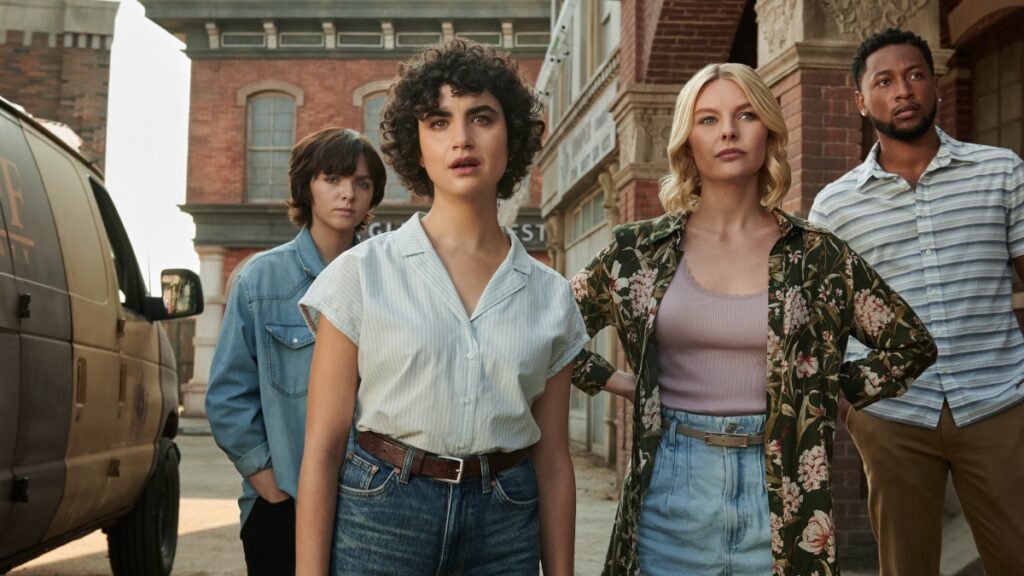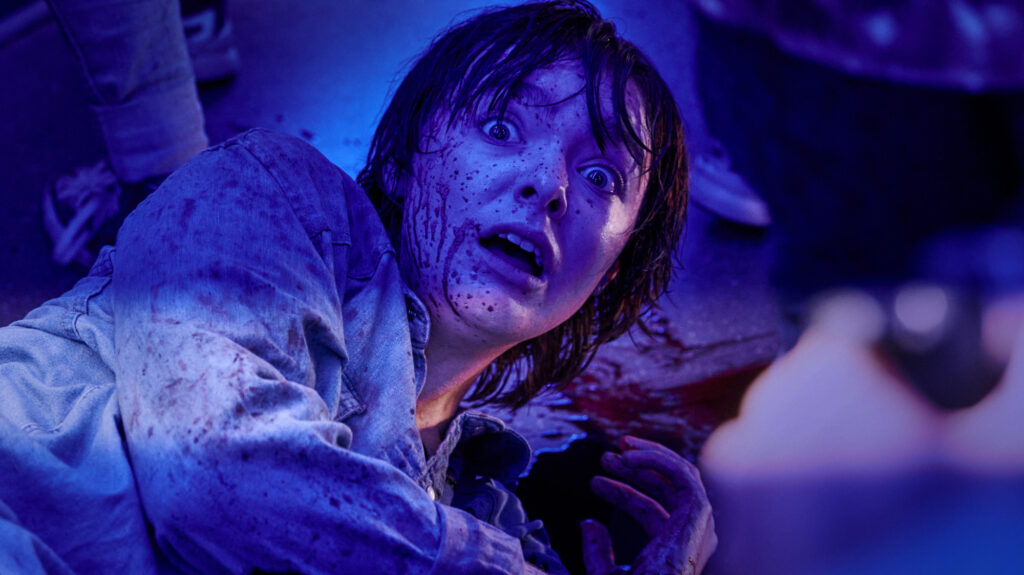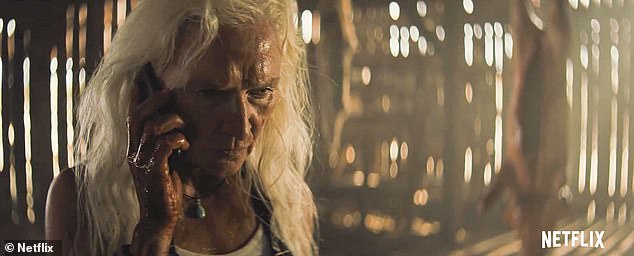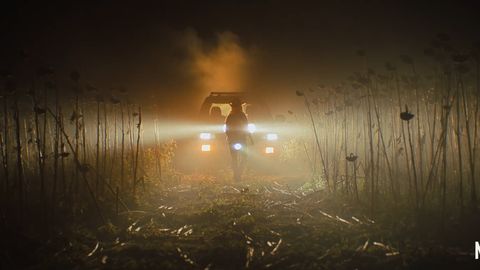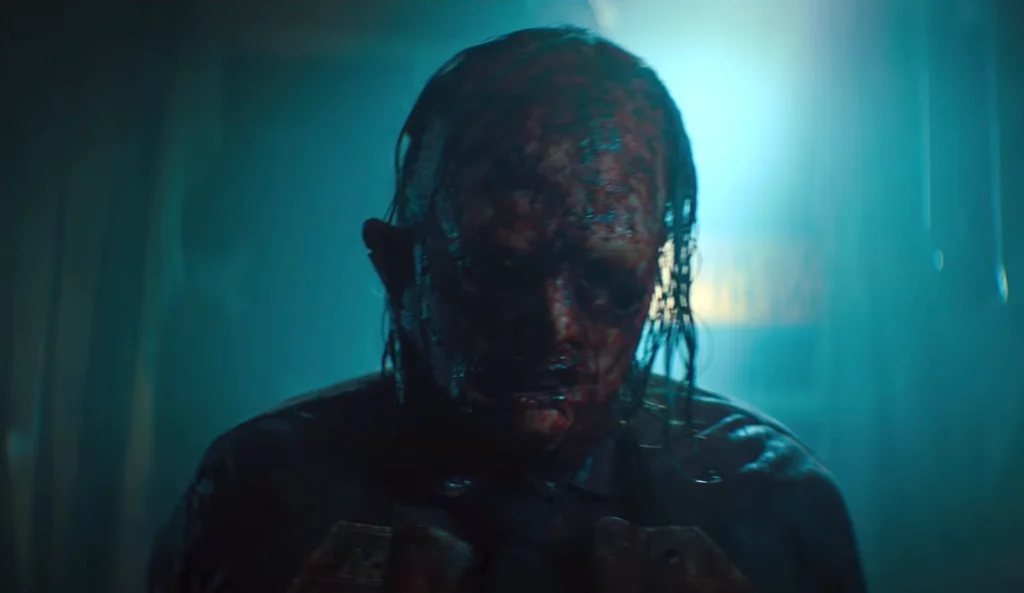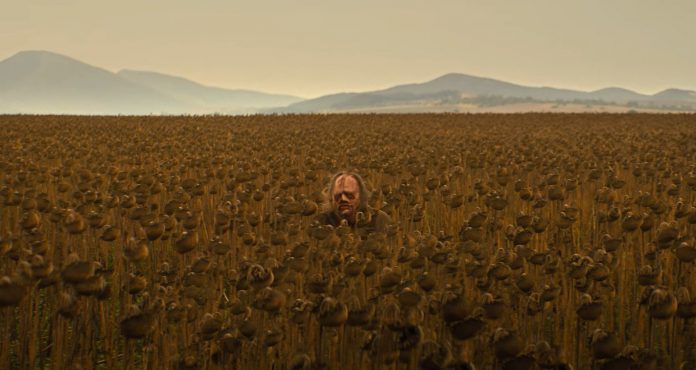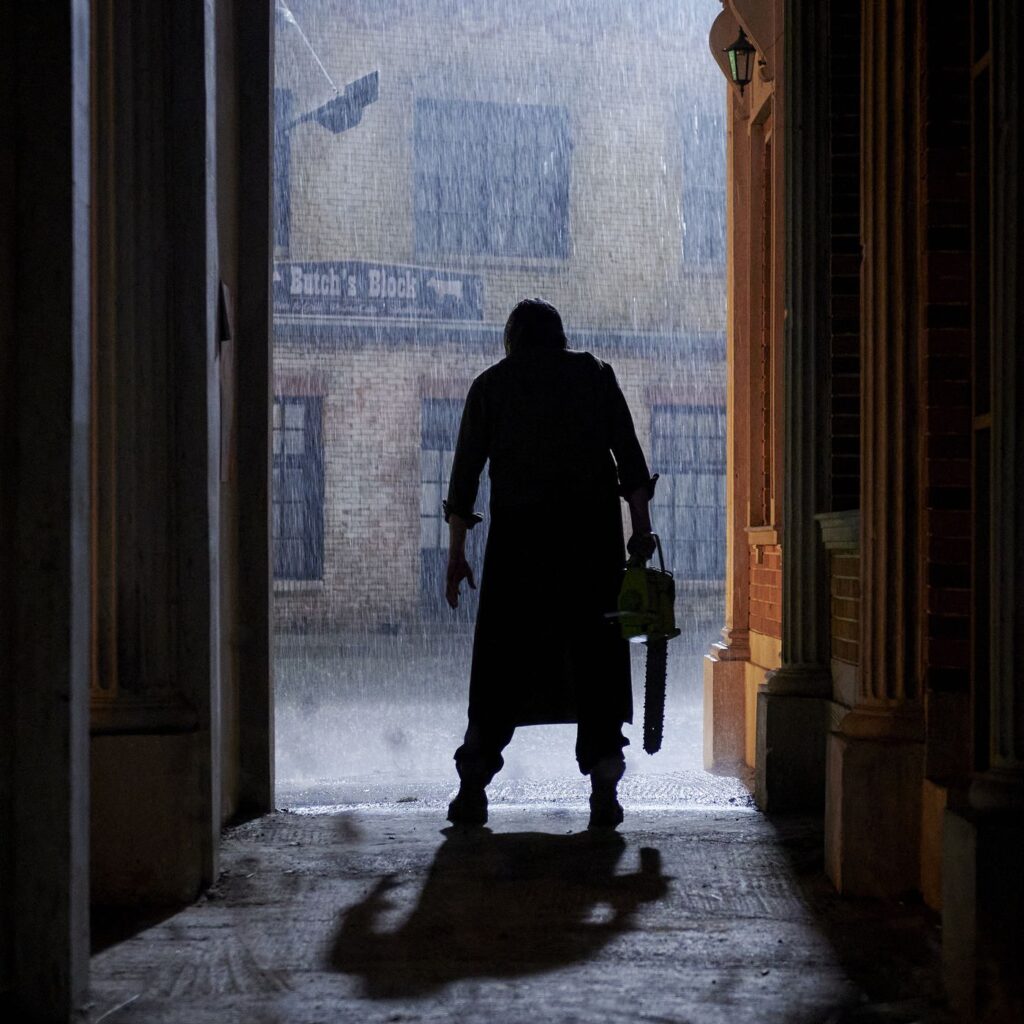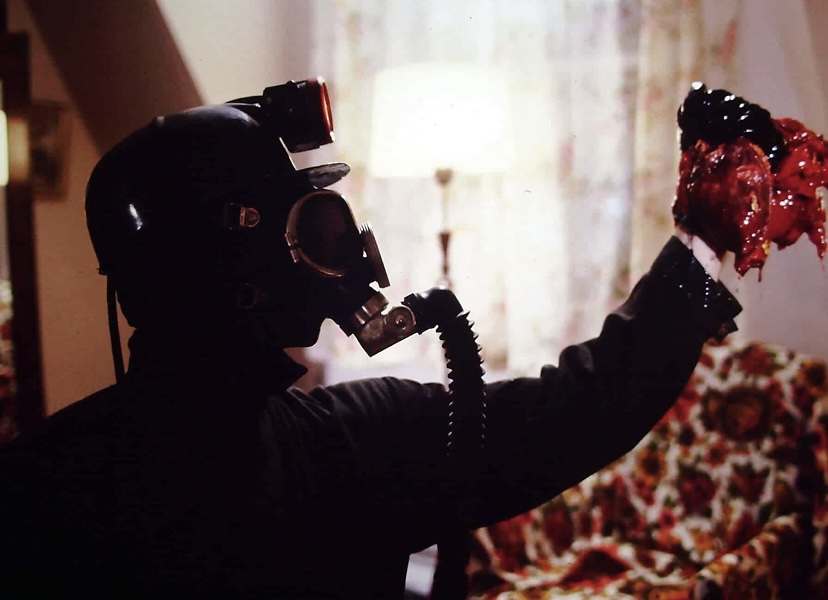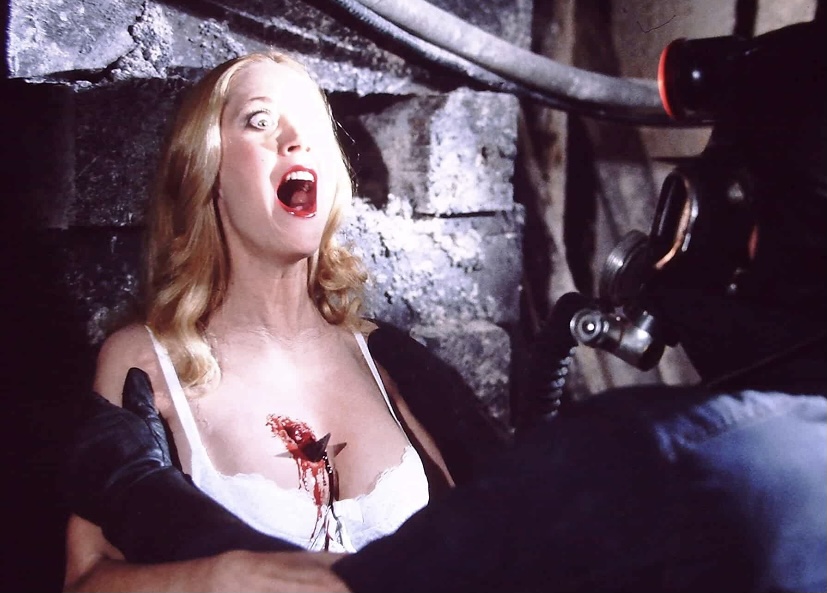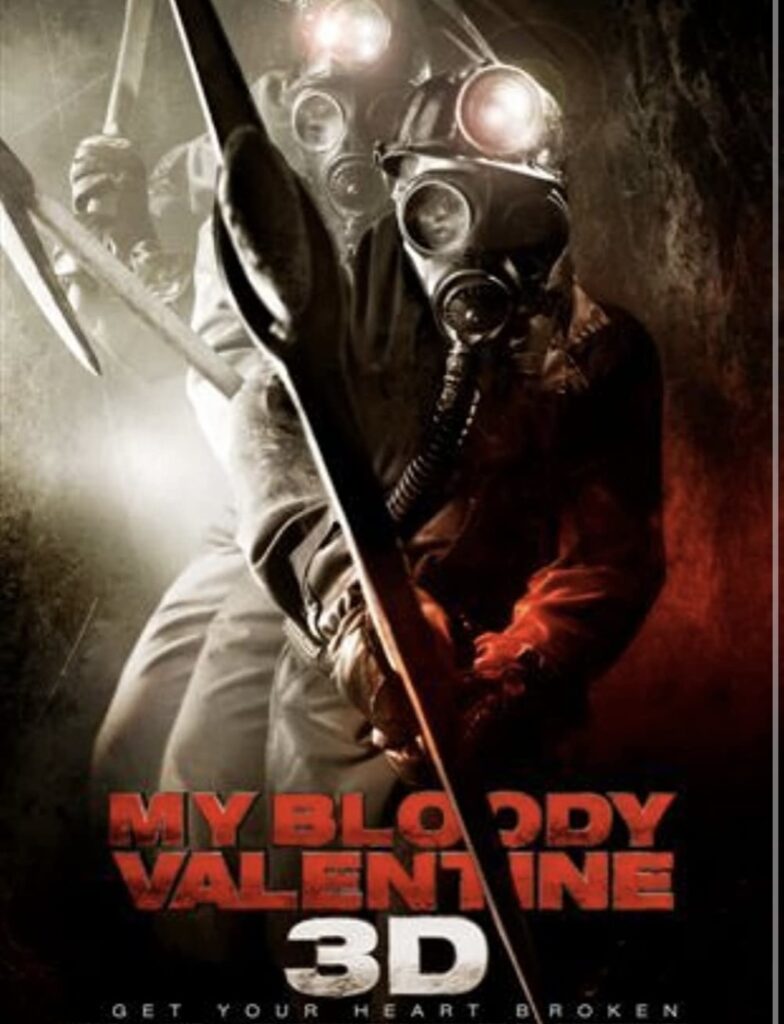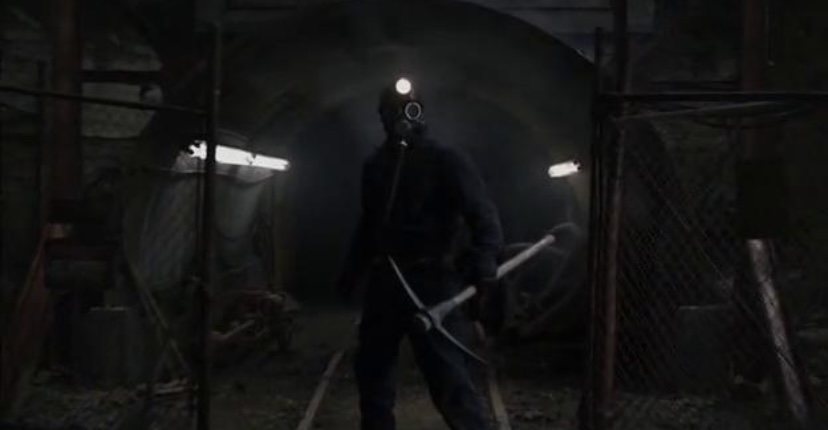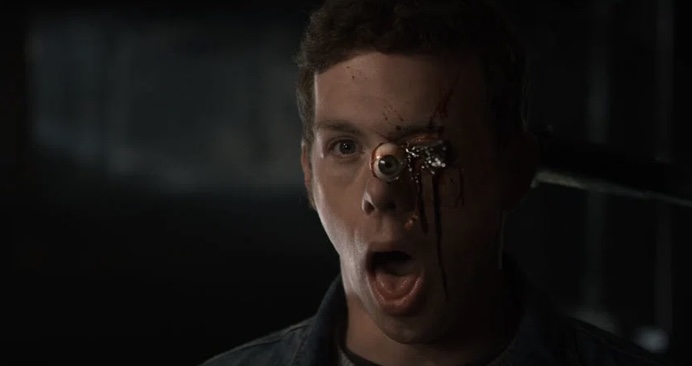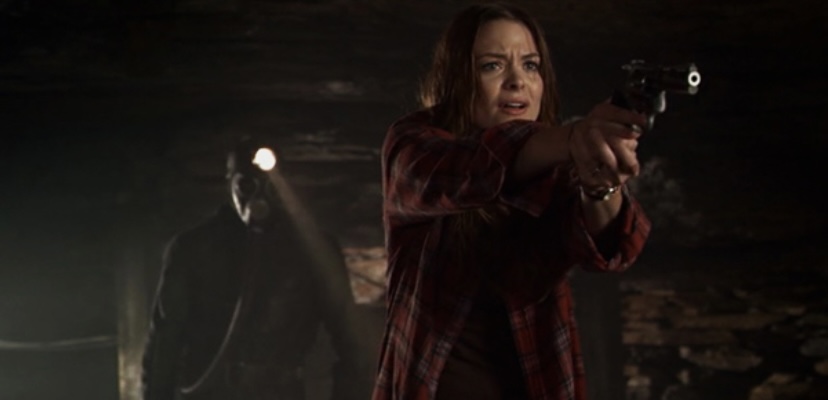Cyber Horror – 6 must see films

1- Spree (Directed by Eugene Kotlyarenko, 2020)

@kurtsworld96 (Joe Kerry), a fame-hungry blogger is over the exhausted trends on social media, from unboxing hauls, reviews, day in the life tags, and tutorials- Kurt has tried them all, but to no avail, his shot at internet fame falls flat. However, he concocts a fatal plan using a Livestream to finally go viral.
Cinema, particularly horror thrives in commentary upon the current cultural climate. Since the rise of social media, content creators and influencers have become the ultimate career goal for many. Kurt’s raveling attempts at pushing the limits are both sad and oddly comedic, to put it simply his actions are nothing short of psychopathic. And this innocence regarding Kurt’s lack of right and wrong unwillingly places the viewer in a sympathetic position. Kurt’s twisted motions begin with what he calls ‘The Lesson’; using his new job as a rideshare driver for the fictional Uber-Esque company ‘Spree’, he lures unknowing riders into his car just to kill them off in front of his live audience.
Over the course of The Lesson, things do not go to plan, in fact, what was already a maniacal descent into madness becomes a complete unravelment of Kurt’s psyche with deadly consequences for everyone. The intrinsic quality that adheres to the life of an influencer is rich with commentary surrounding people losing touch with reality, becoming a greedy shadow of a person. Whilst Spree takes no time in forcing the ruthlessness of social media down the viewer’s throat, what actually makes Spree more than a cheap trick is the bizarre and wacky world presented through the eye of live streams, vlogs, reel-style videos, and candid footage. The online take is a familiar view for audiences, hitting close to our sense of reality, or more aptly- the loss of of it.
2- Cam (Directed by Daniel Goldhaber, 2018)

Cam girl Alice (Madeline Brewer) has been rising up on the charts of FreeGirlsLive, soon to become the number 1 actress on the site. However, her imminent success is jeopardized when a look-alike steals her account, locking her out of it forever. In a race against time, Alice must track down her doppelganger before it’s too late.
Director Daniel Goldhaber is joined by screenwriter Isa Mazzei to create a wild film tackling stereotypes and taboos not typically openly explored within mainstream cinema. Whilst Mazzei was previously working as a cam girl her videos became pirated and reposted across various sites with no credit given to her. When she approached the police with the plagiarism she was brushed off and laughed at. Cam focuses on the judgment experienced by sex workers through Alice’s family finding out about her career, as well as the site itself and legal representatives not taking her issues seriously. Amidst the societal critique is Cam’s bold colour palette consisting of lavish pinks and blues, creating a lush environment suited to Alice’s work. However, although Alice has thousands of devoted fans, she is really just alone. Whilst her fabulous studio is filled with life, her reality paints an isolated picture, placing her in a desolate dream-like landscape that reflects her inner turmoil. Cam illustrates how a bustling online life is a guise hiding a mirage of flaws.
3- Unsane (Directed by Steven Soderbergh, 2018)

Still reeling from a stalking indicent, Sawyer (Claire Foy) attends a therapy session to vent her frustrations. However, she unknowingly signs a form committing her to a 24-hour stay at a behavioural centre. Now lost and abandoned, she must fight her way out of the psychiatric hospital before she meets a terrible fate.
Found footage, desktop horror, and cyber cinema has a weighty relationship with the low-budget indie market, hence when Academy Award winner Steven Soderbergh announced that he would be directing a feature film solely filmed on an iPhone many were surprised. Soderbergh has previously used visual dynamics to portray a story, in the case of Unsane the unusual phone ratio of 1.56:1 not only distorts the viewers perception of media’s normal screen, the frame additionally traps Sawyer in small box, akin to her emotive state by being held captive under her will. The gaze from the phone acts like a fly on the wall in the hospital, cementing our place in the unit alongside Sawyer, going through the same traumatic experiences. Besides the filming semantics, Unsane flourishes in the riveting performances from Joshua Leonard portraying a sinister orderly, Jay Pharoah playing one of Sawyer’s only companions, and lastly Claire Foy herself. Foy perfectly melds together a level of sincerity with subtle hints of hysteria to make her history with the stalker seem questionable. And it’s not until the very end when the shocking truth about the entire situation comes to light.
4- Kairo (Directed by Kiyoshi Kurosawa, 2011)

A sudden suicide leaves a group of young adults in Tokyo witnessing strange apparations that become easily transferred online.
Kairo forms a convoluted story rife with terrifying images, intense highs, and fleshed out characters to dissect the early 2000s fear about the rise of the internet. Told across two fairly unconnected stories, Kiyoshi Kurosawa slowly fills the setting with utter dread where every scene (no matter how mundane) has an eerie tone, eventually leading to a traumatic conclusion. The film places the computer in a villainous position, haunting whoever uses it through creating a dull pit inside of them that allows nothing but loneliness and depression to set in. At the time of the film’s release a mild moral panic was spiralling thanks to the internet booming, especially amongst the younger generations. This new and scary machine was fabricated to be a portal to morbid material, whereas the most scandalous aspect of the whole situation was society’s reaction not the world wide web itself. Kurosawa forgoes gore and disregards bloody horror iconography in favour of developing a unique story commenting upon the rise and fear of the ‘unknown’.
5- Searching (Directed by Aneesh Chaganty, 2018)

Widowed father David Kim (John Cho) turns to deperate measures to find his missing teenage daughter Margot (Michelle La).
Set entirely across a desktop is Searching, one of 2018’s most profitable films. The structure alone is to be admired, with Aneesh Chagnanty’s directorial eye taking on the shape of a laptop lense, showing David’s investigate efforts through Skype calls, iMessaging, and countless scenes of sifting through his daughters personal photos and chats to get to the bottom of her disappearance. Although his actions are innocent and solely done to the benefit of the case, a slight emotional shift is placed upon the viewer. Along with David, we are snooping through Margot’s inner life, acting as a voyeur. And whilst Searching uses the guise of safety to soften the suspicious gaze, the film gruellingly comments upon social media’s natural privacy infringement. With the boom in sharing every aspect of your life online, barely anything is sacred or left to the imagination.
6- Like Me (Directed by Robert Mockler, 2017)

Kiya (Addison Timlin), an aimless loner turns to streaming violent escapades that make her go viral.
Like Me follows the blueprint for chaotic, frenzied, surreal nightmares similar to the likes of the South African gem Fried Barry (2020). The film immediately sets the bar high, ramming a kaledsocpic of colours into every scene accompanied by dominating characters and electric settings and not once does this madness stop throughout the rest of the film. Whilst Like Me does not define itself as entirely desktop or found footage based, the premise of Kiya feeling almost an intrinsic itch to upload her endeavours online is key for both the narratives progression and the film’s overall aesthetic.
Kiya’s initial attempt at making a viral hit comes from filming herself robbing a food mart, to then progressing her antics as she ties up a hotel manager (played by indie legend Larry Fessenden) to stream the brutal sadomasochism acts between the two. Before Kiya and the audience know it, gaining these online views and a wealth of followers twists Kiya’s mind into a sick breeding ground of obsession and utter mania. In what could easily be a colourful mess, Like Me transforms the barriers between self and screen; Kiya’s lack of human interaction is compensated by the deranged online world she finds herself in.
Looking for more top horror lists and reviews? Check out our blog here..

